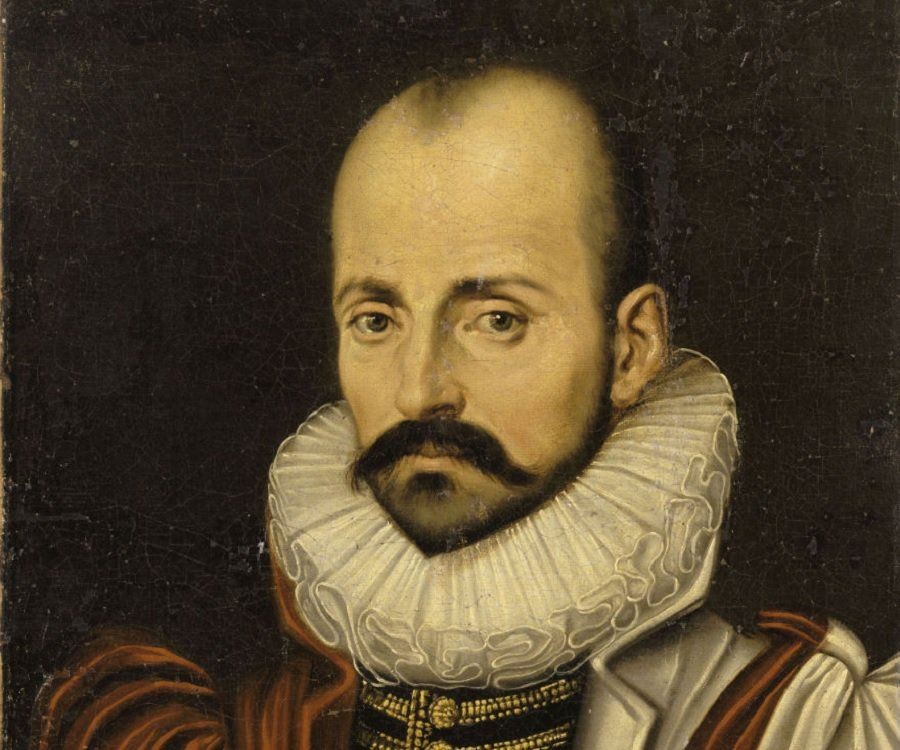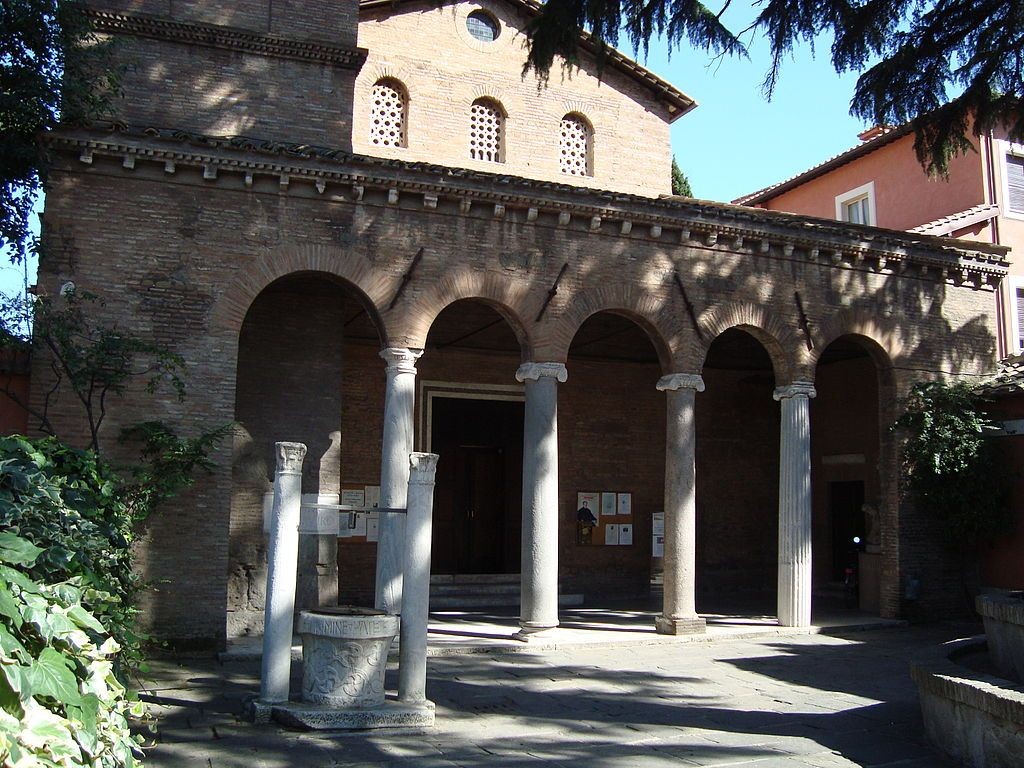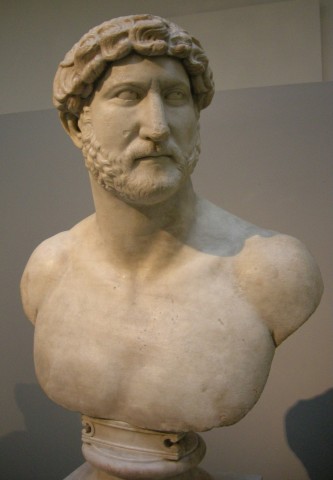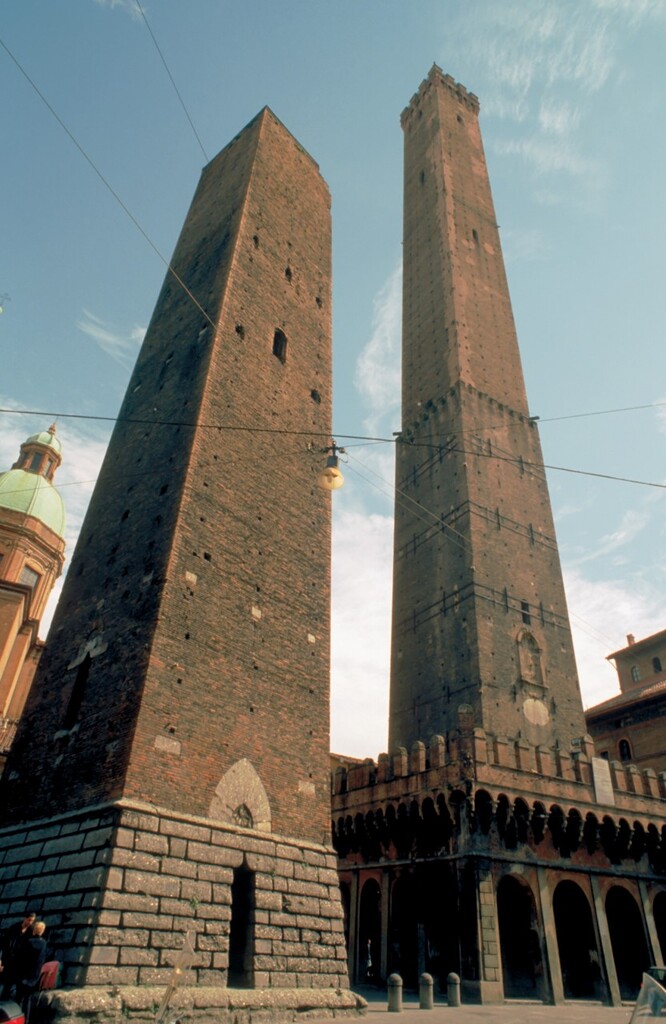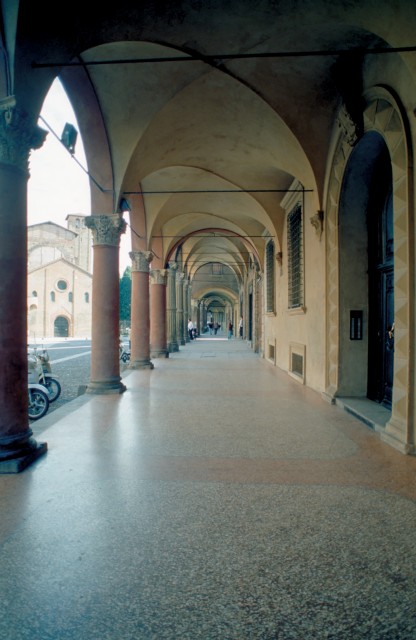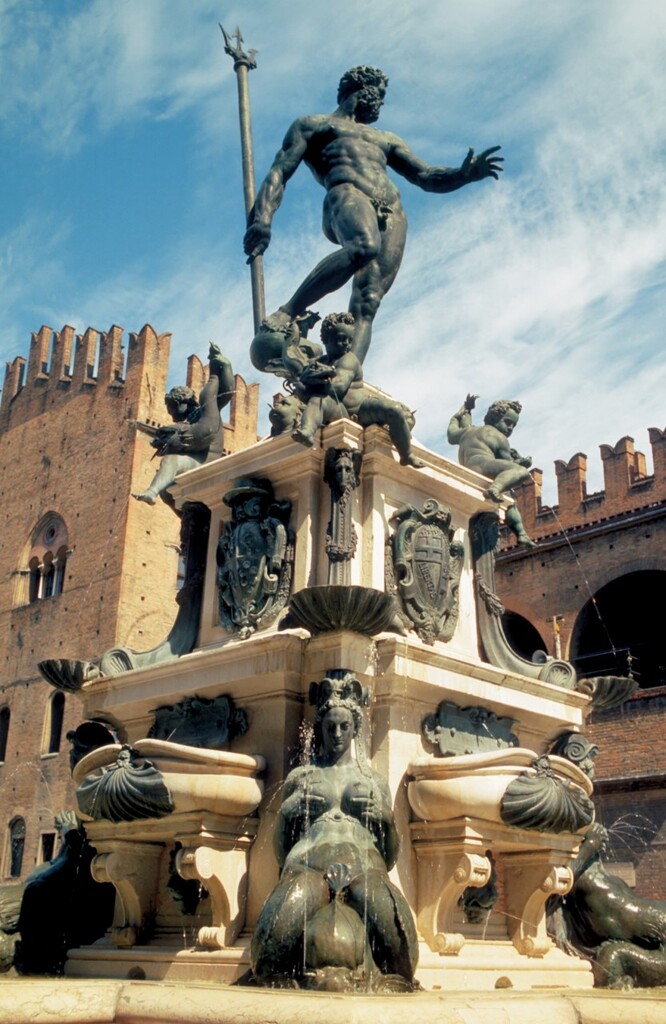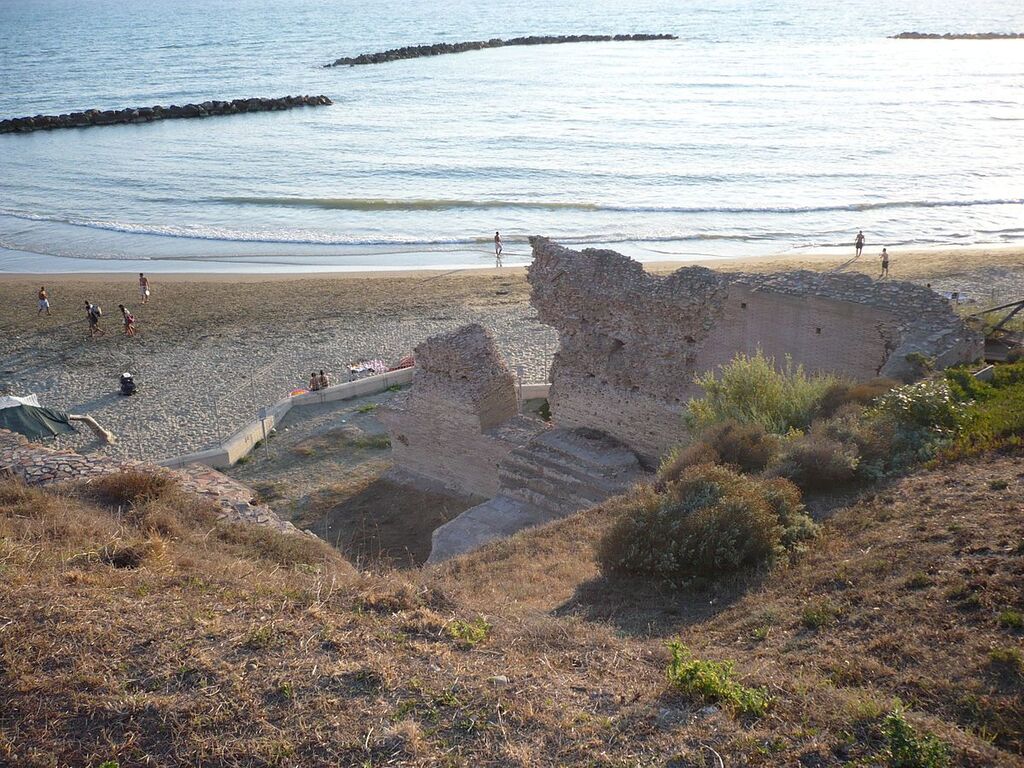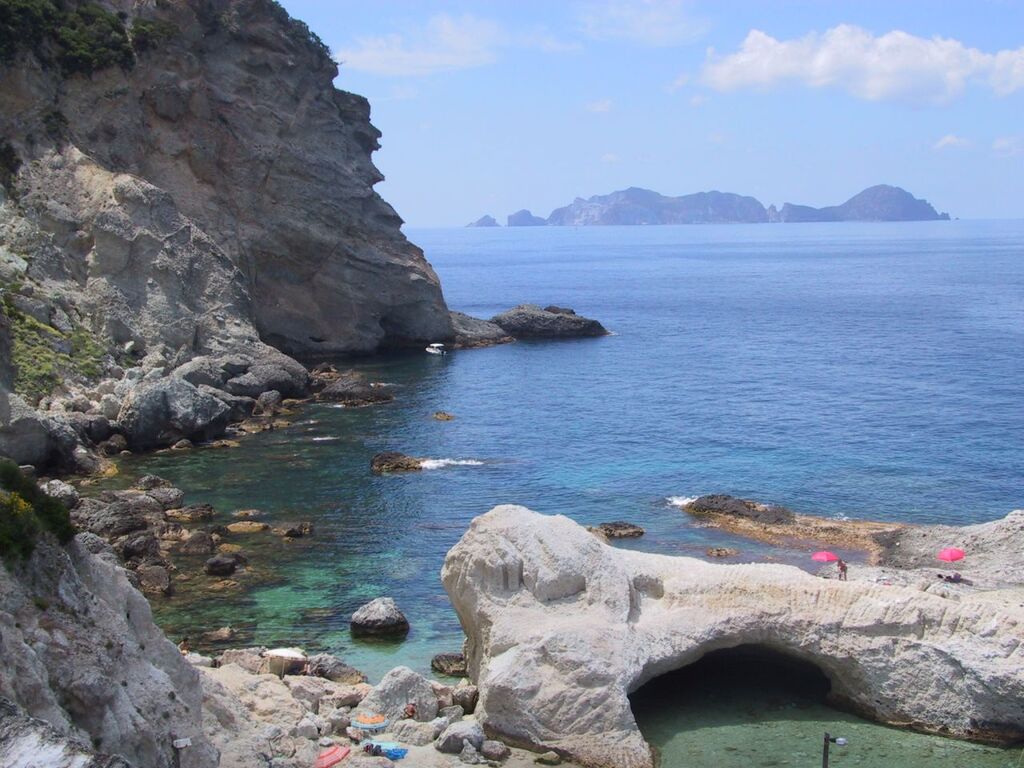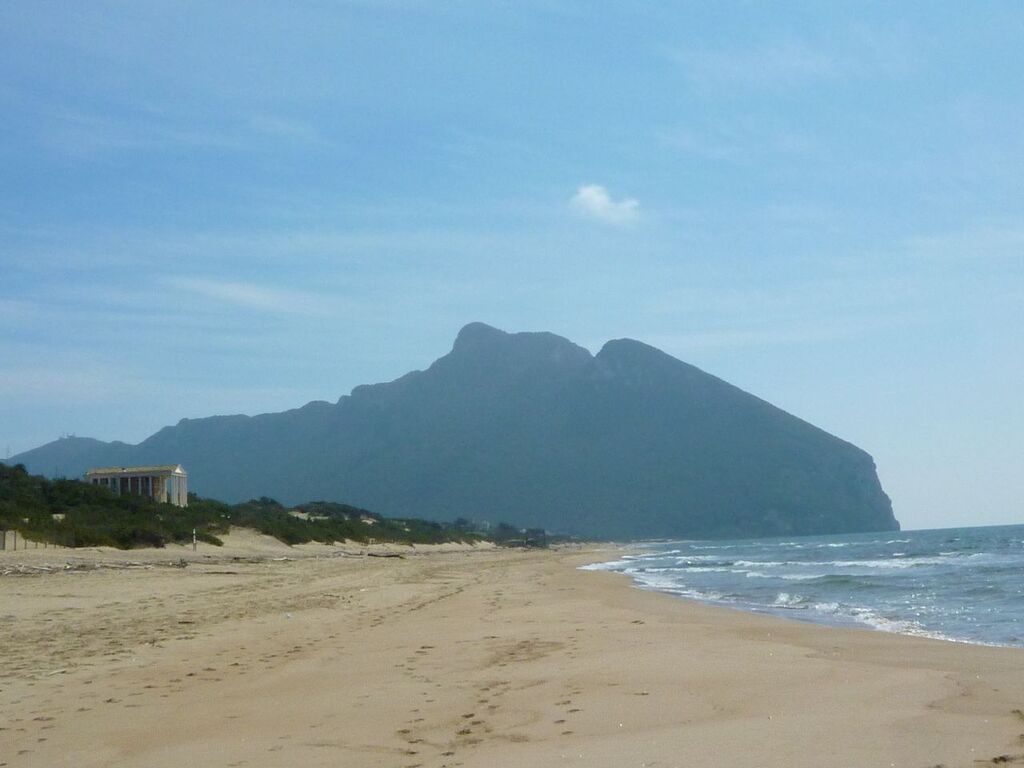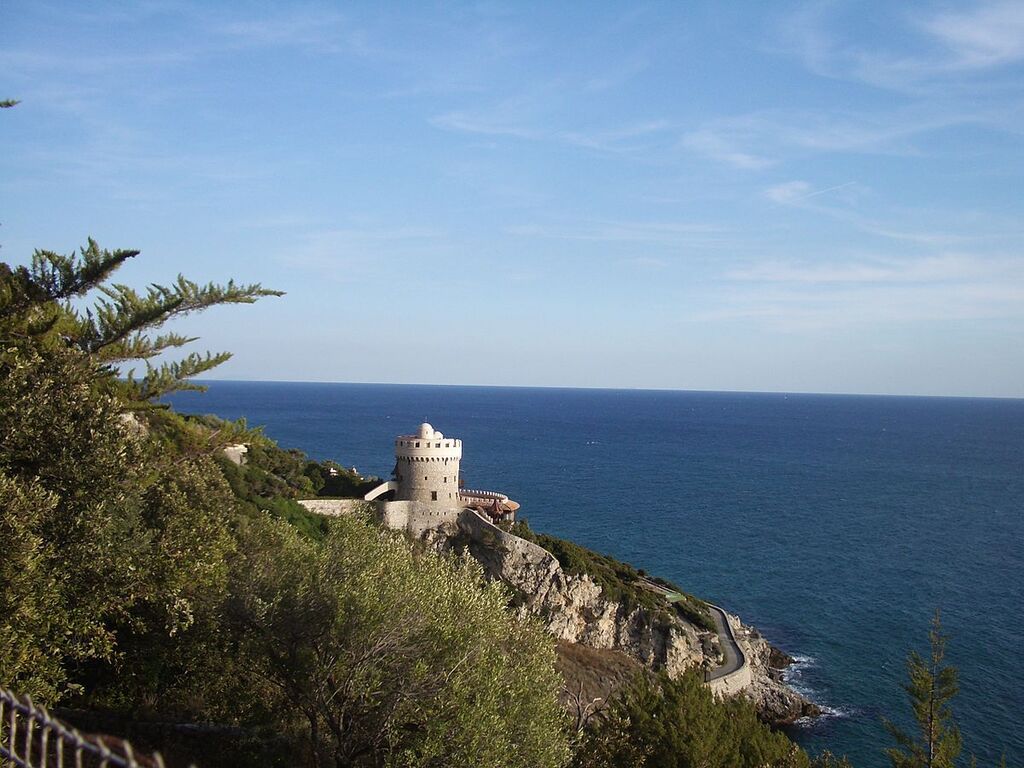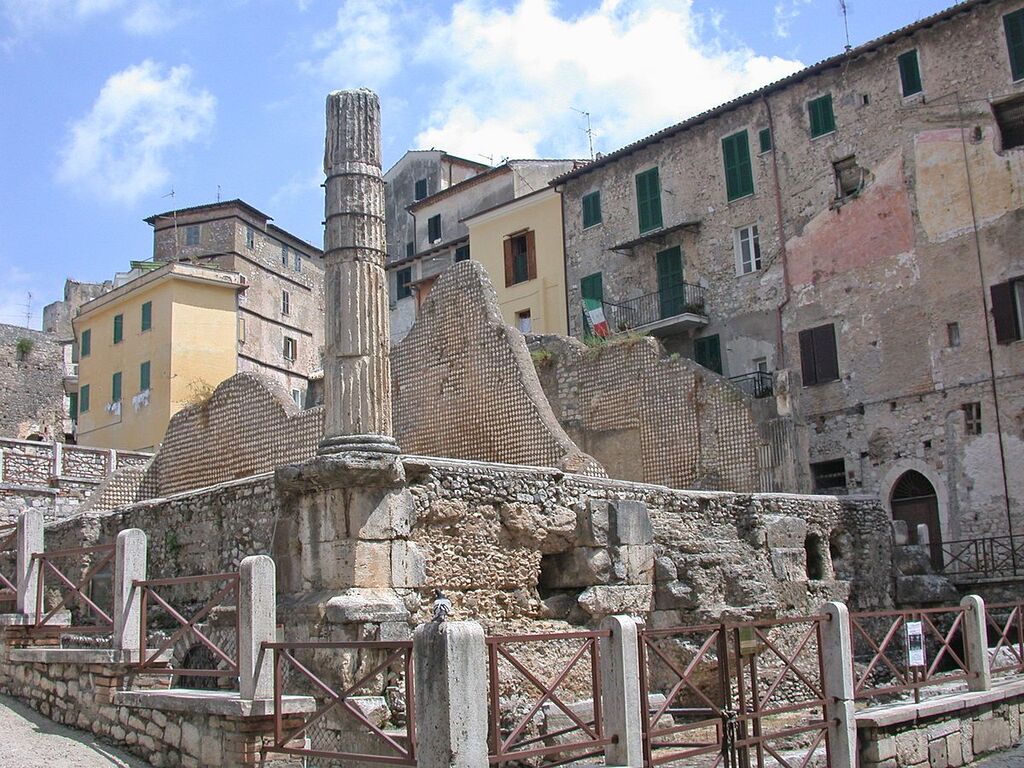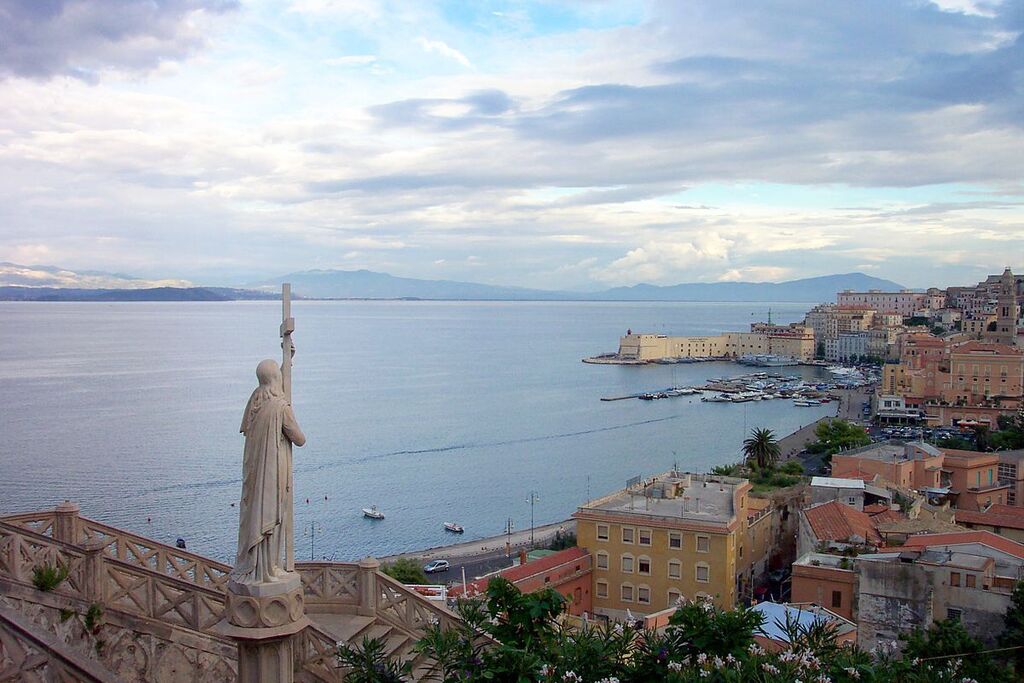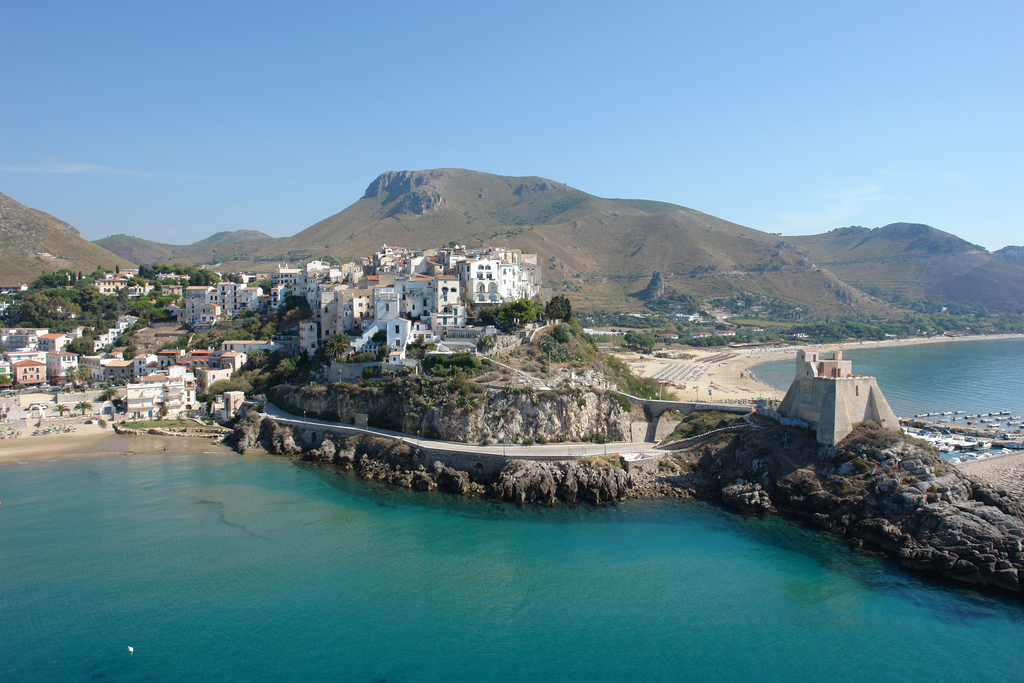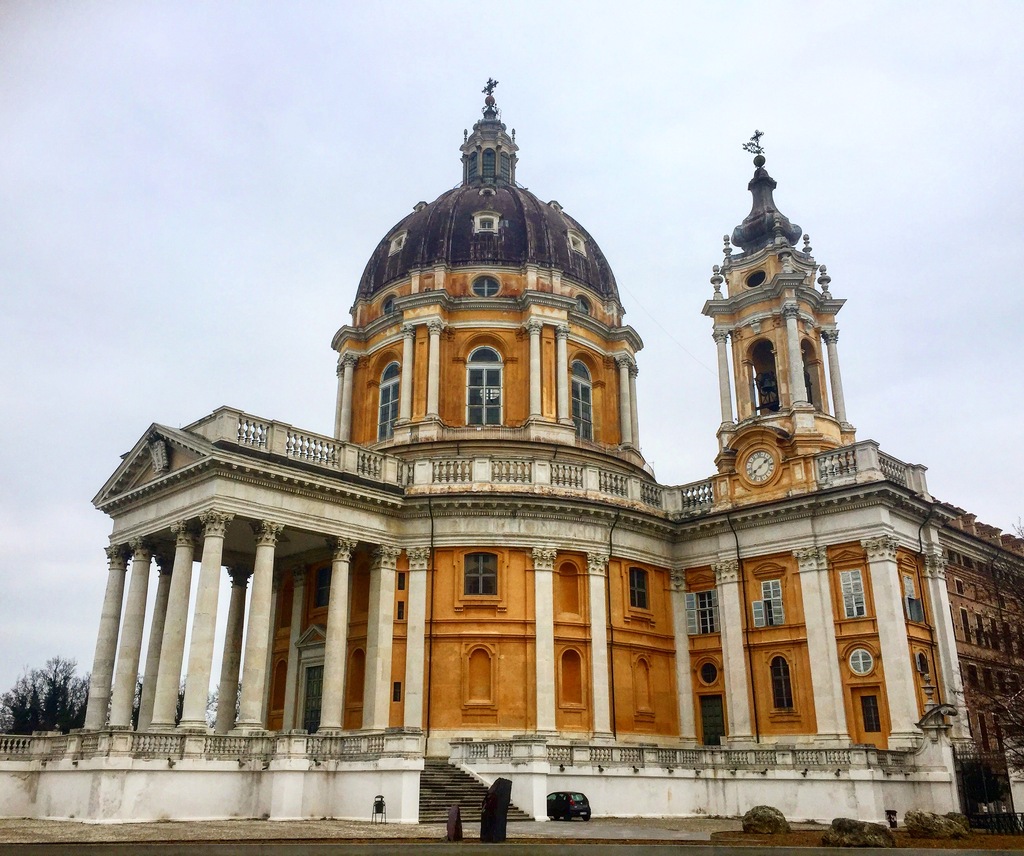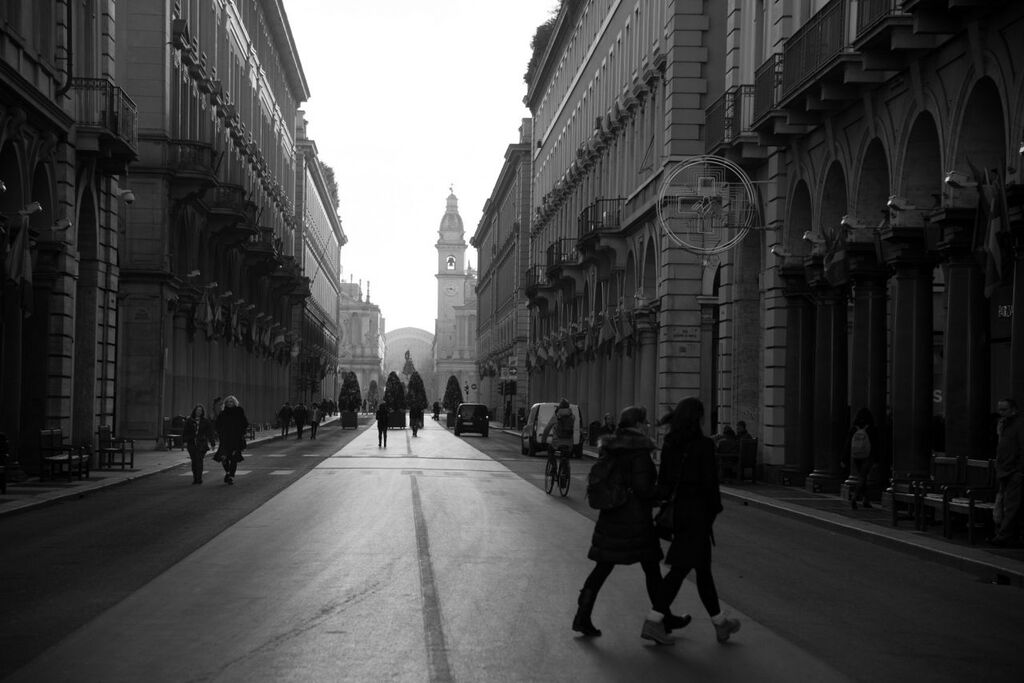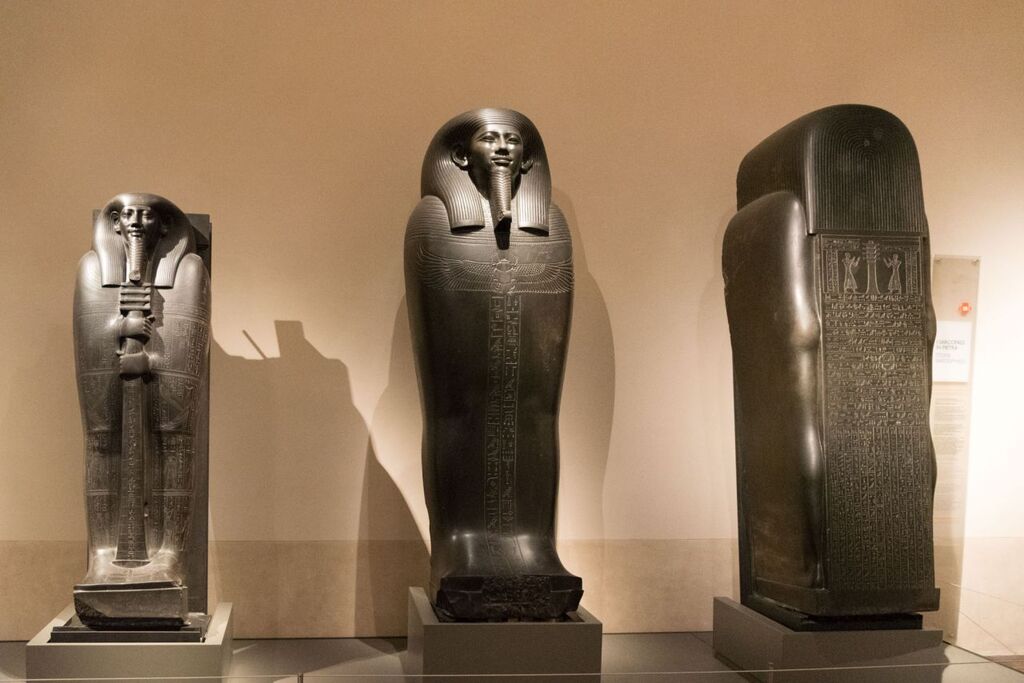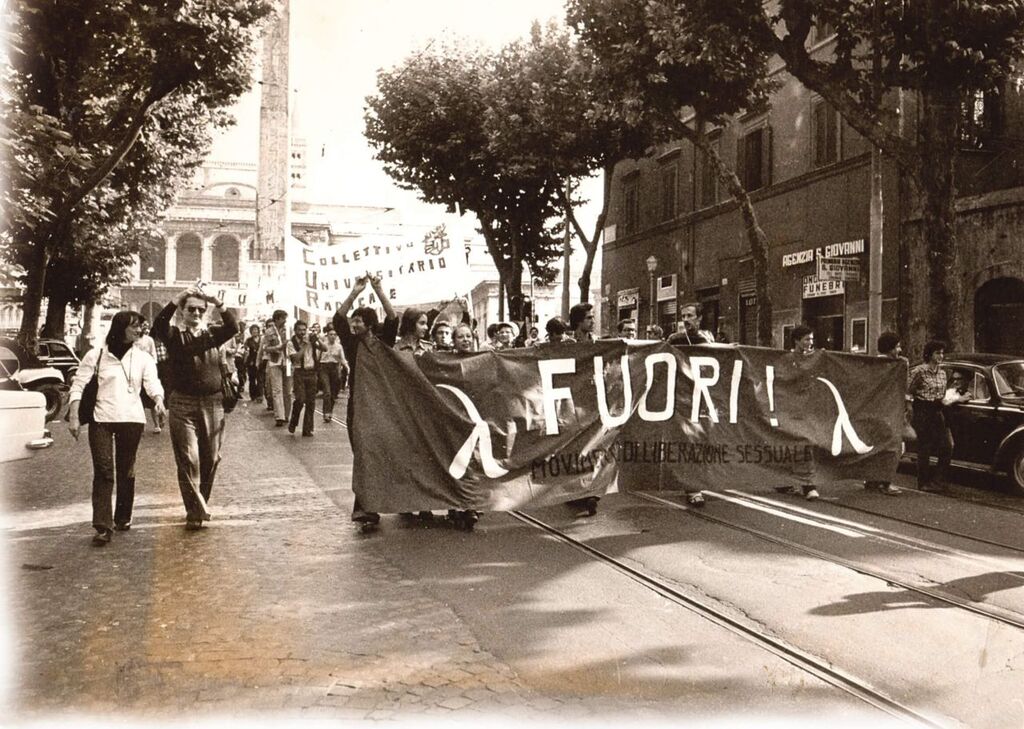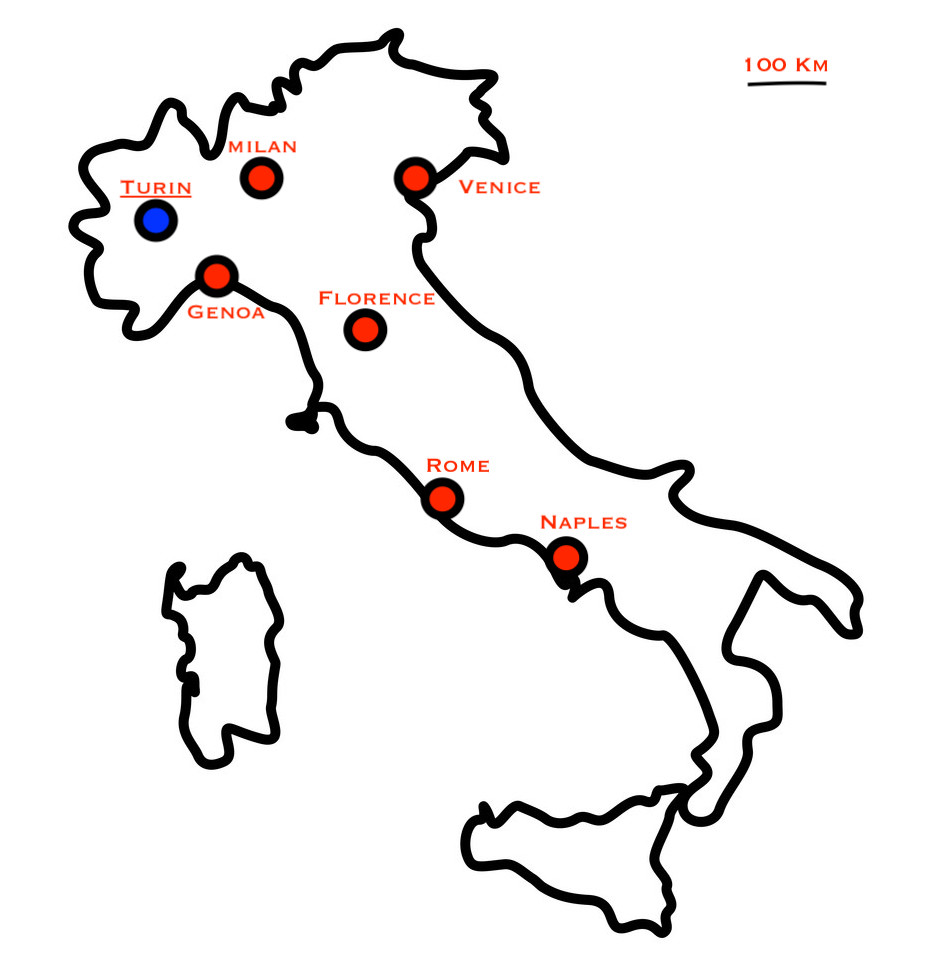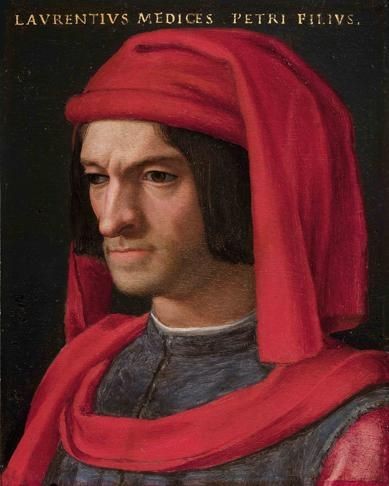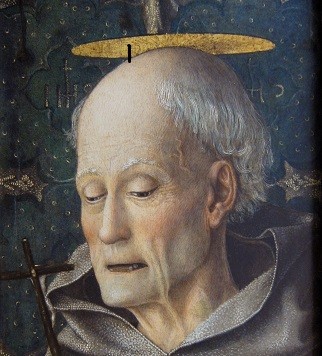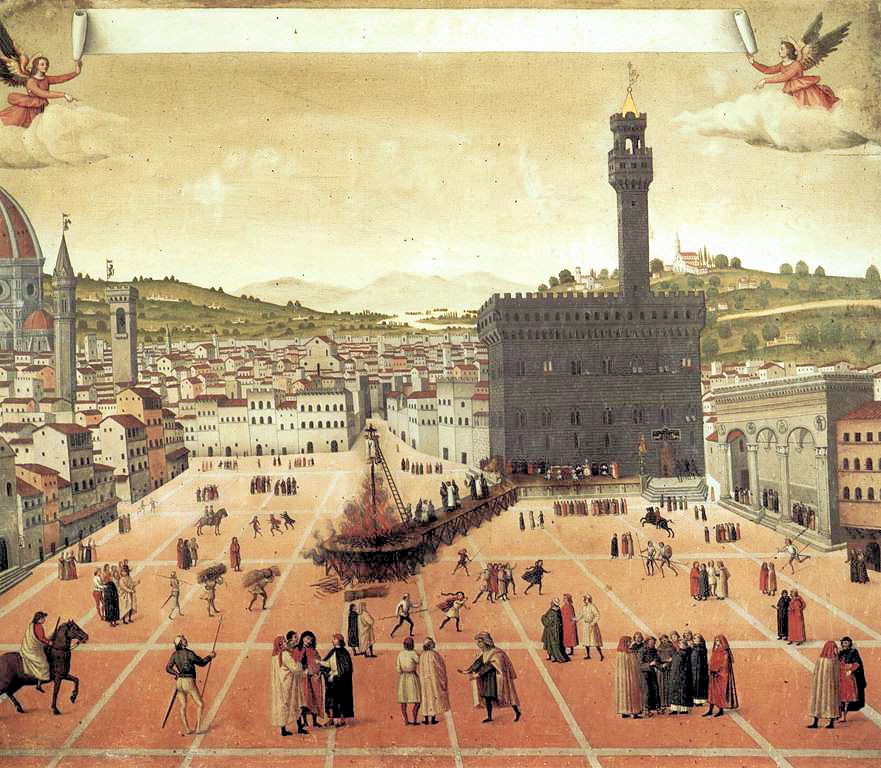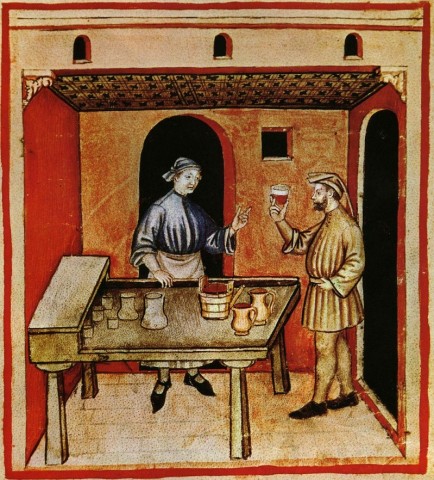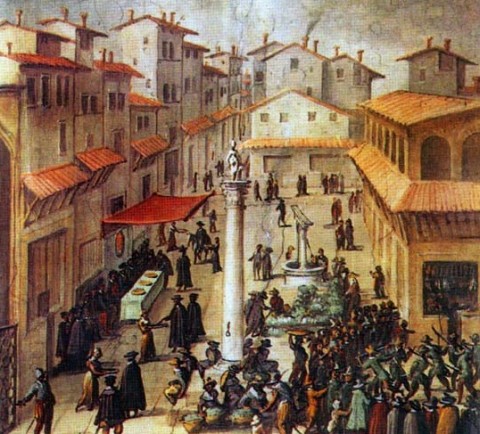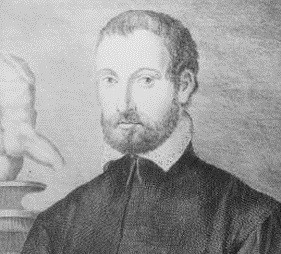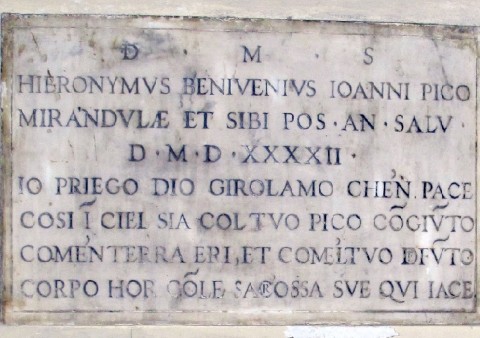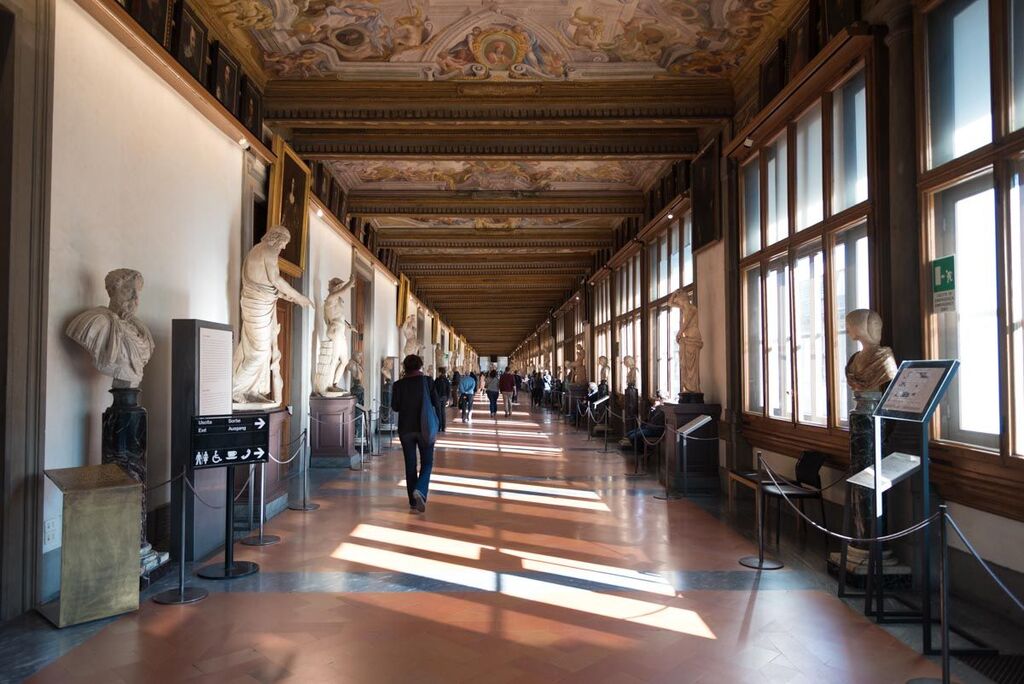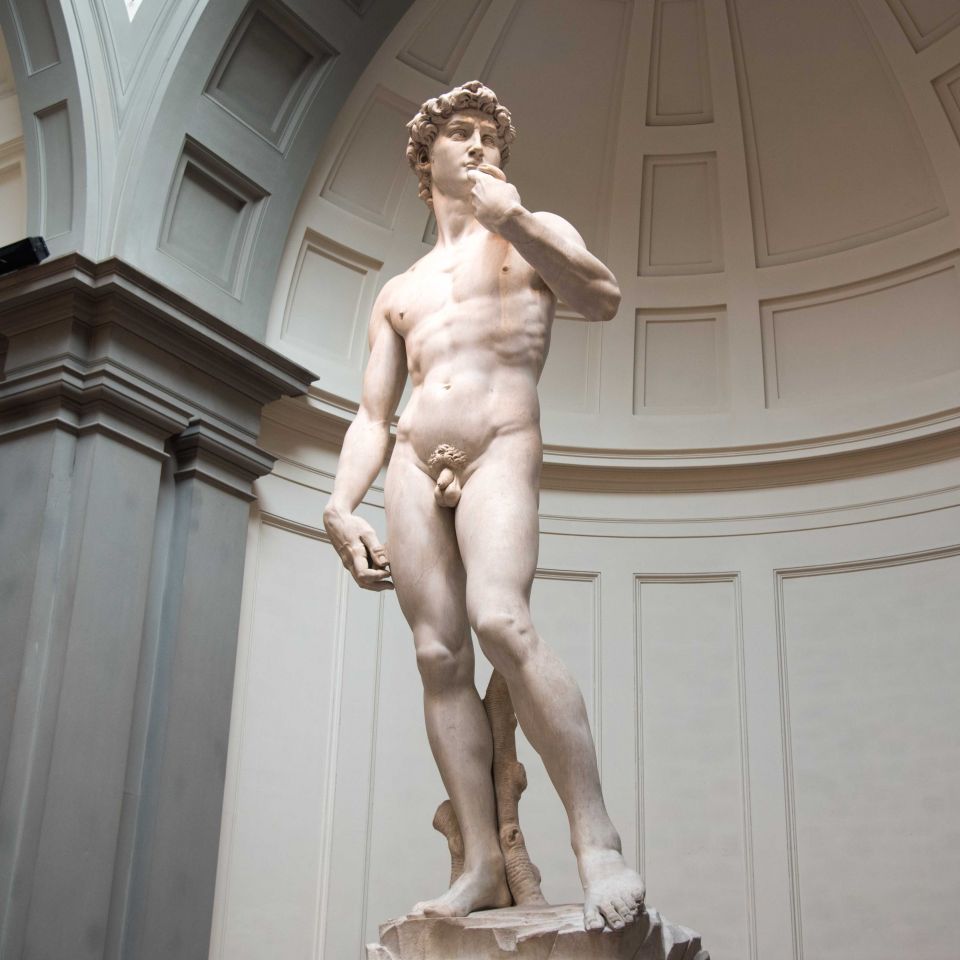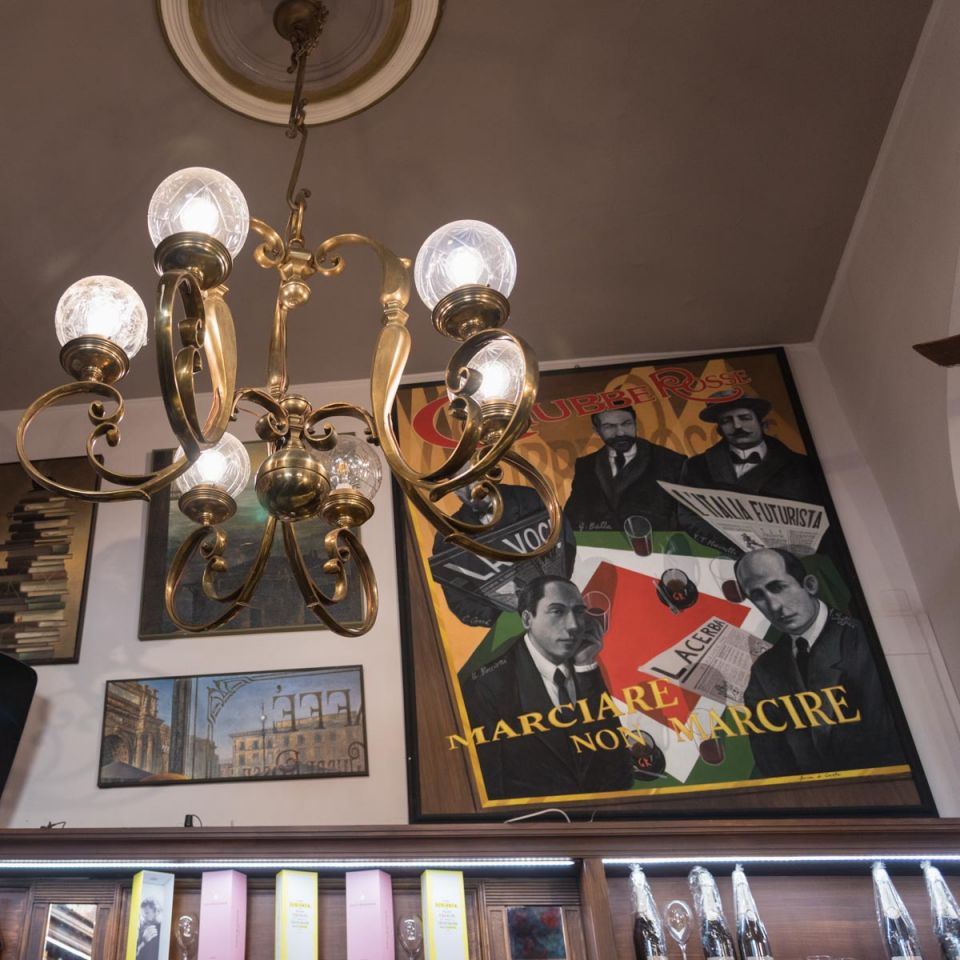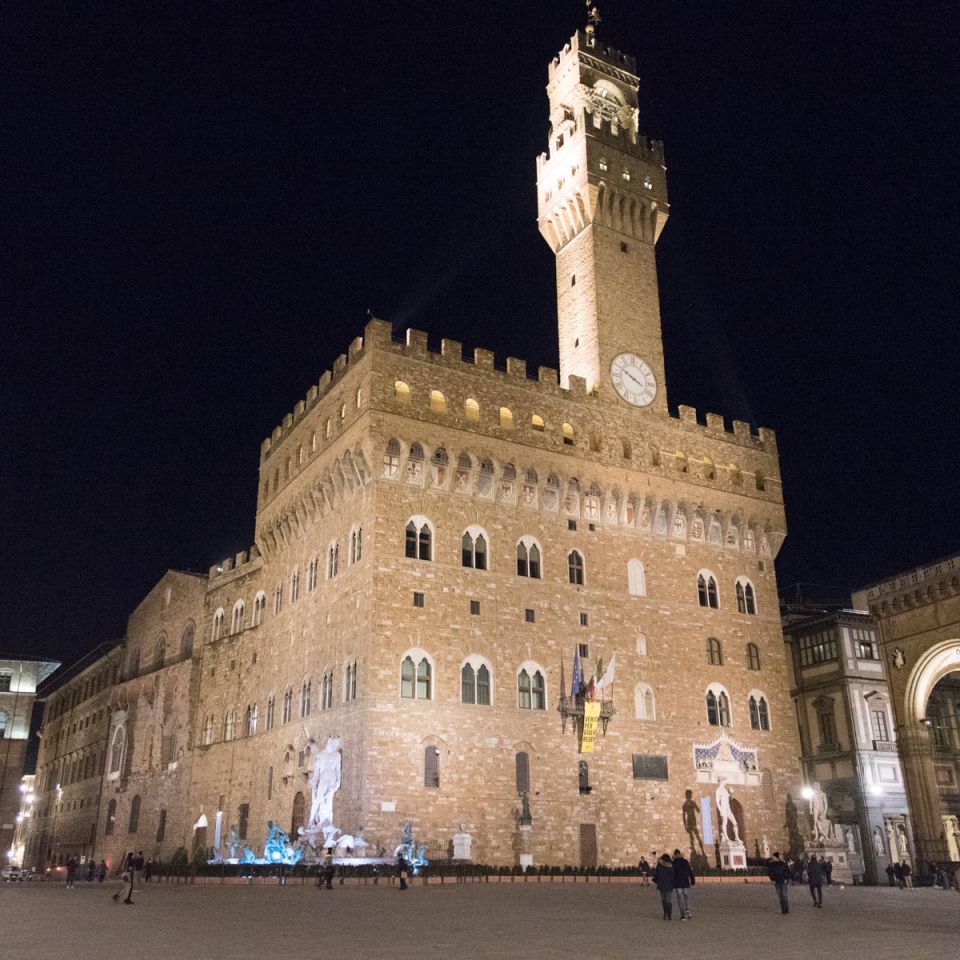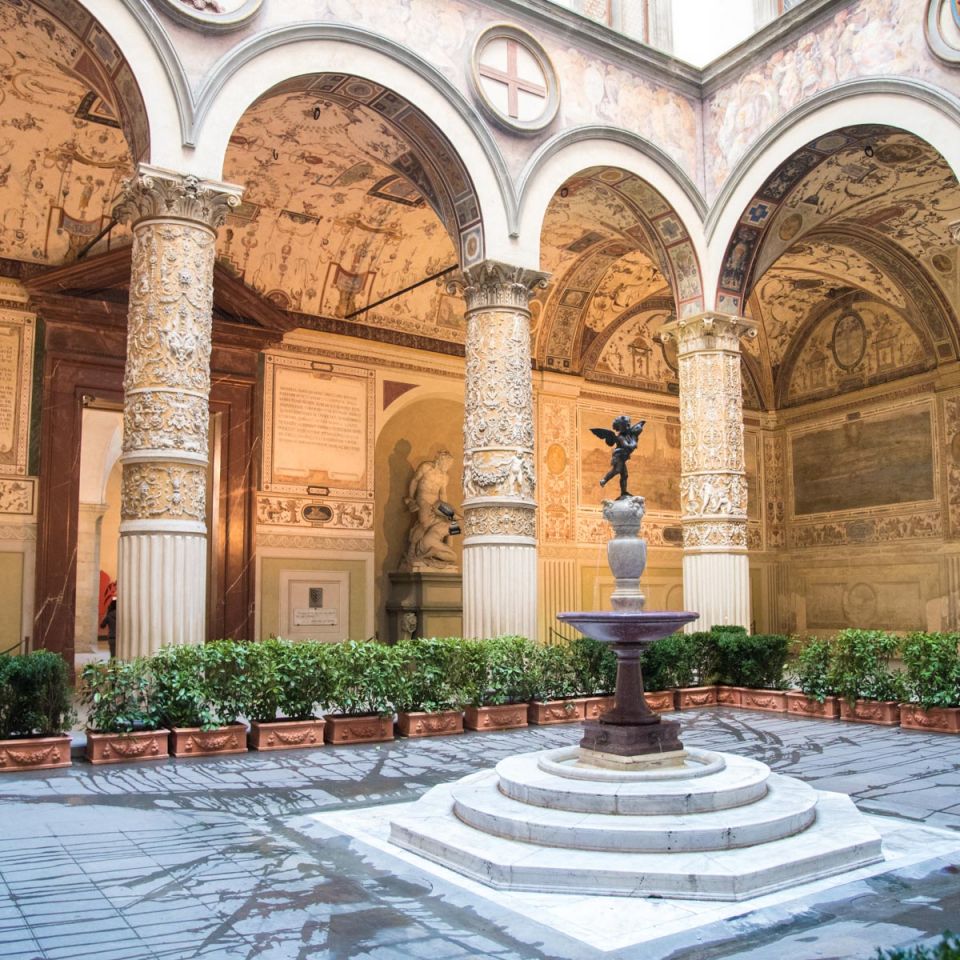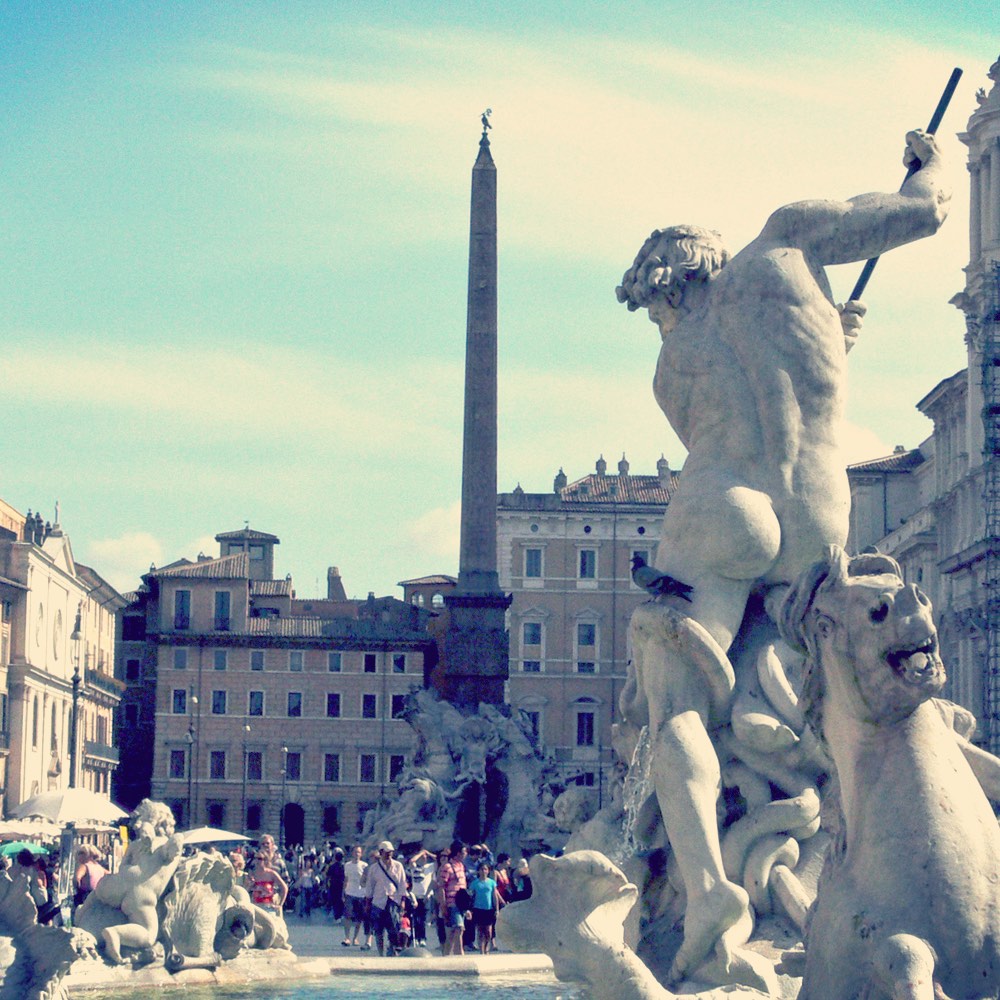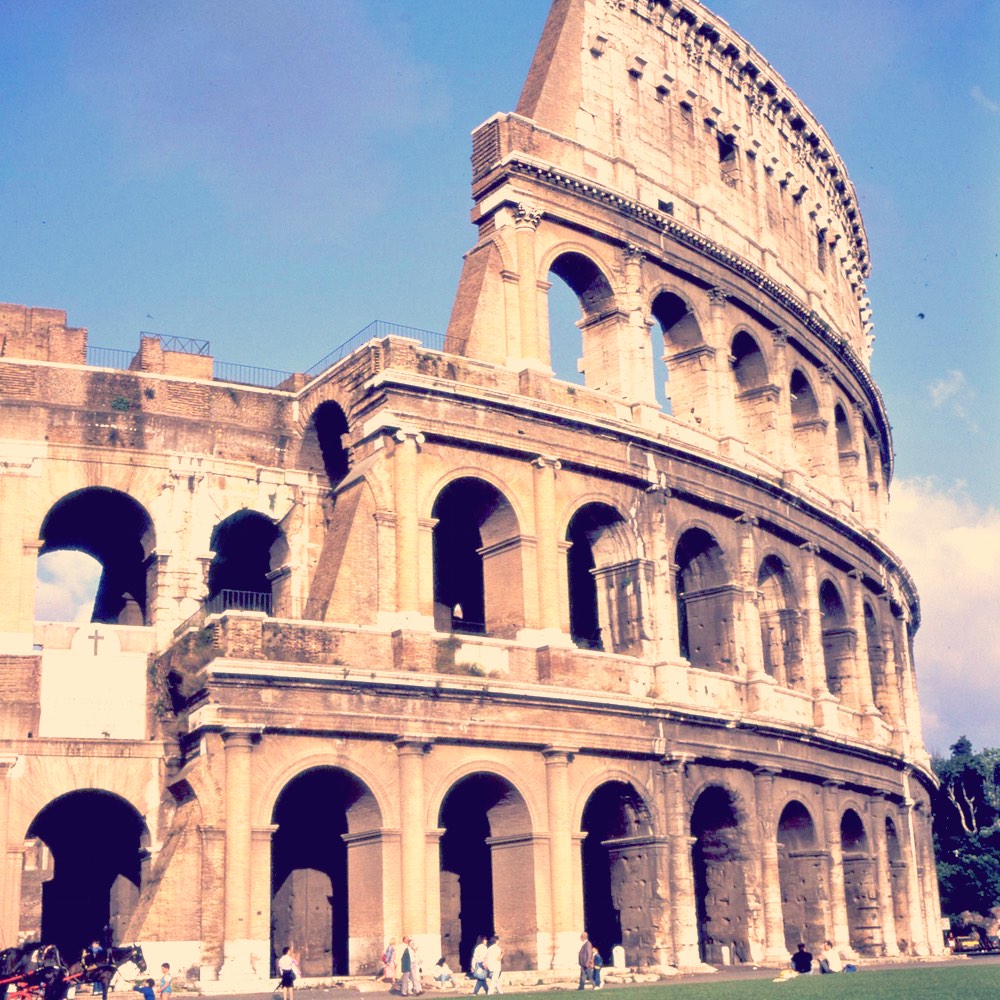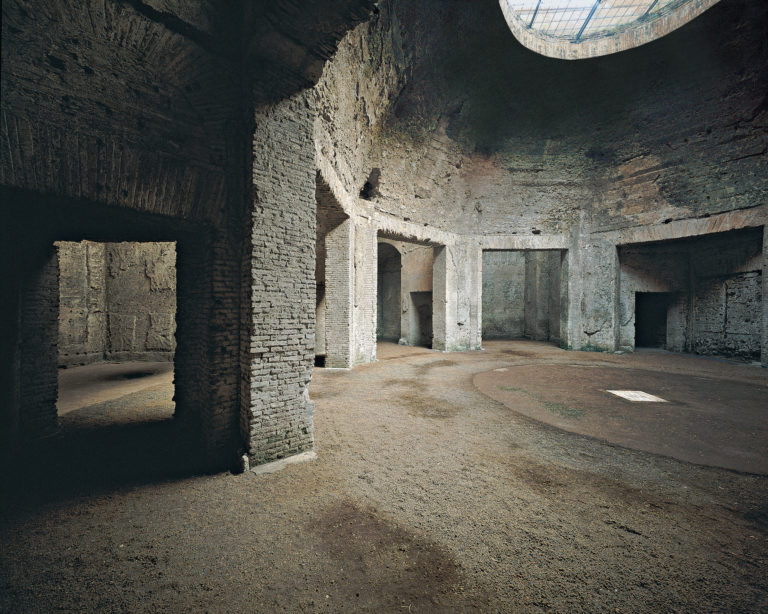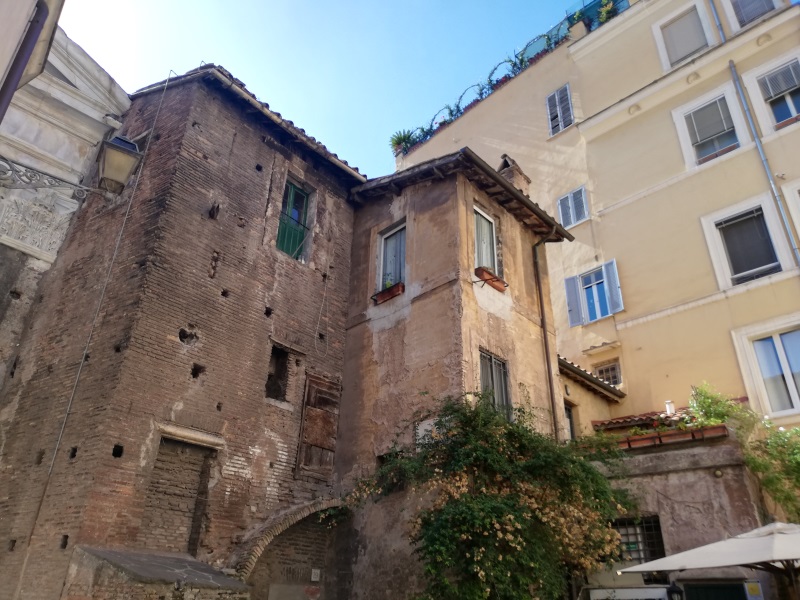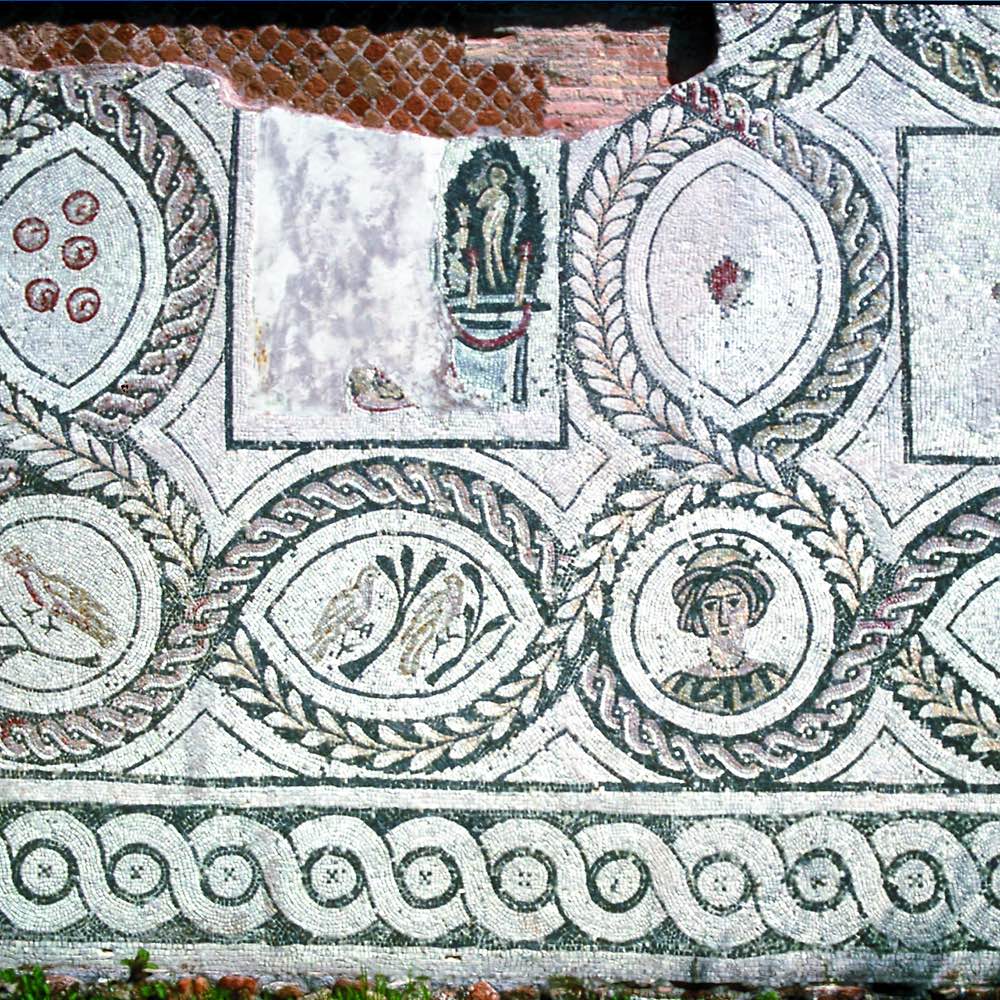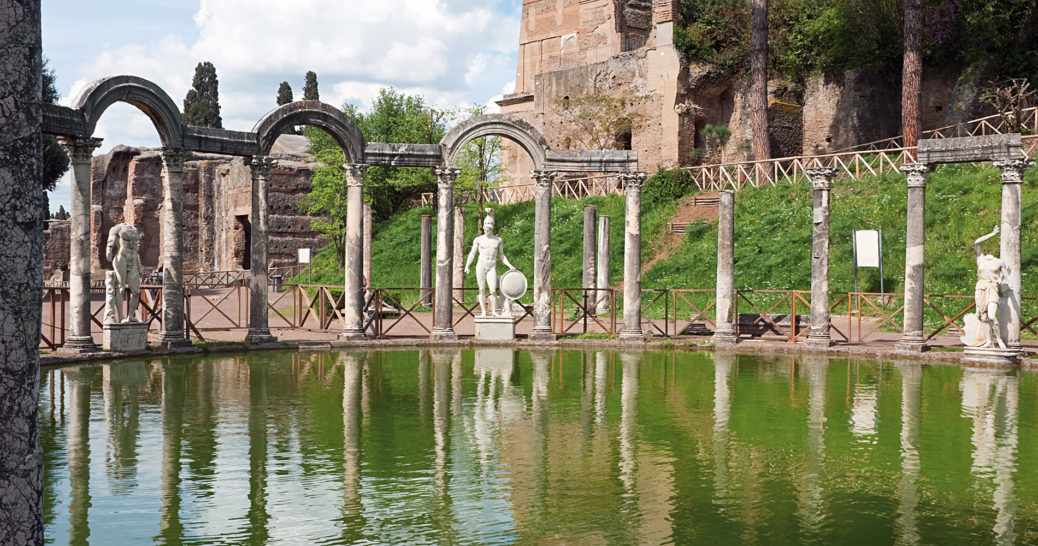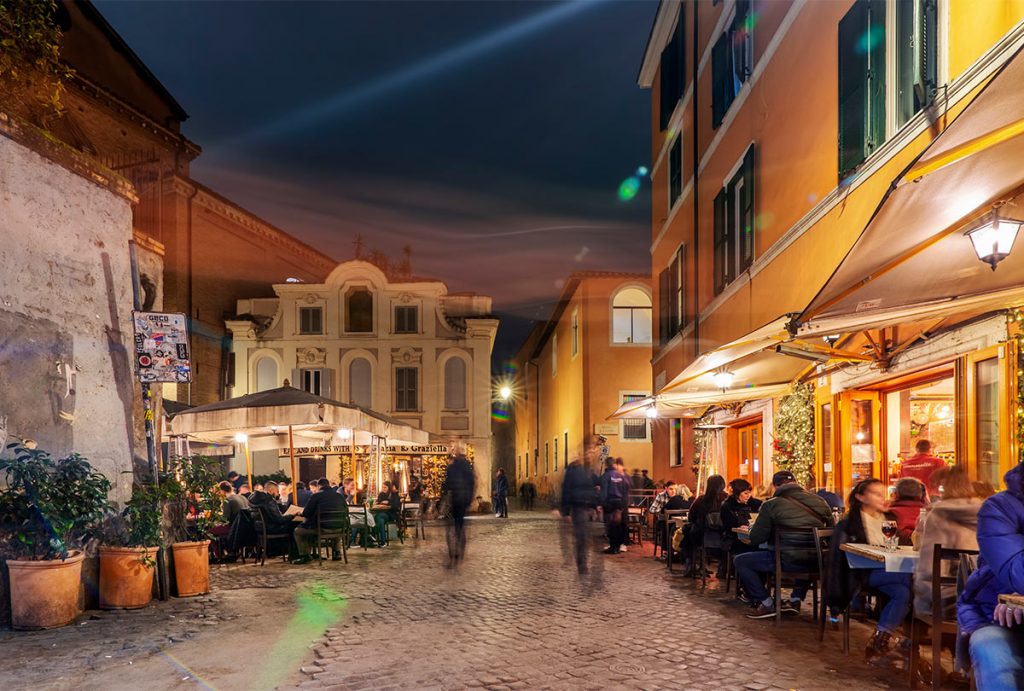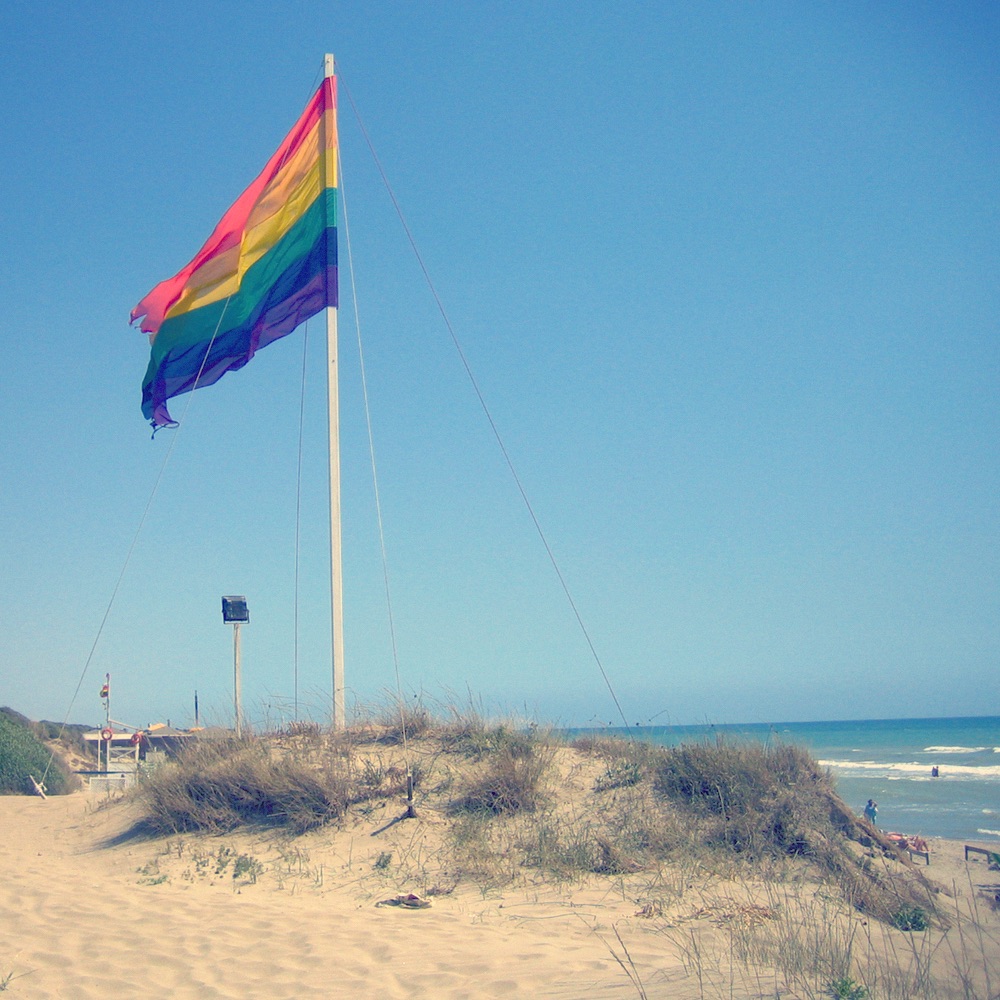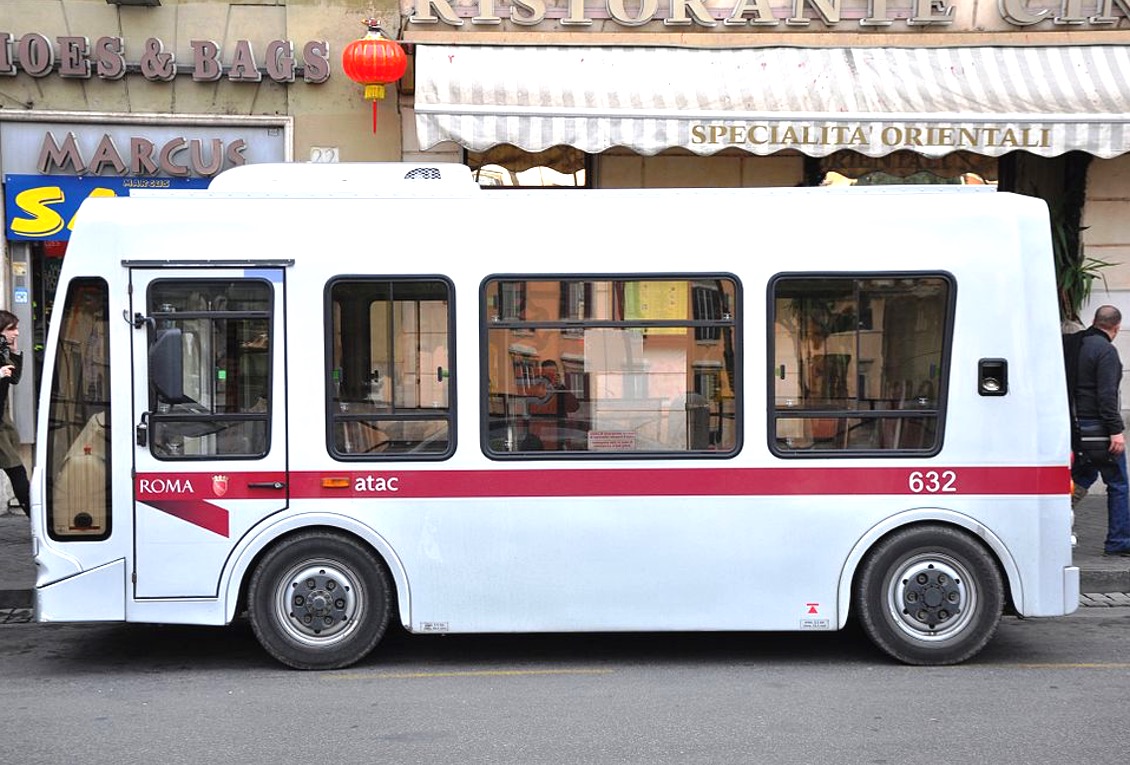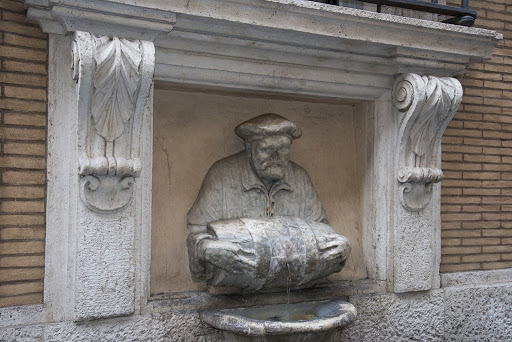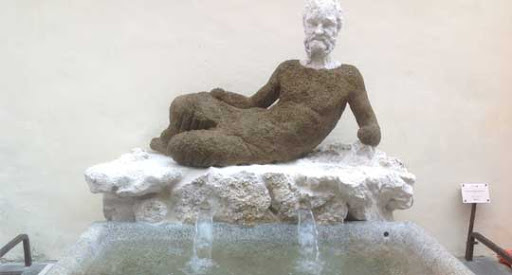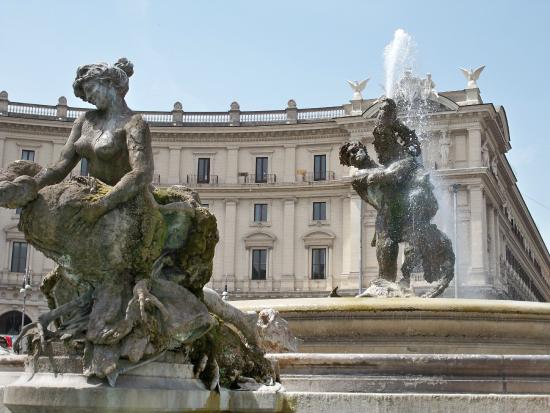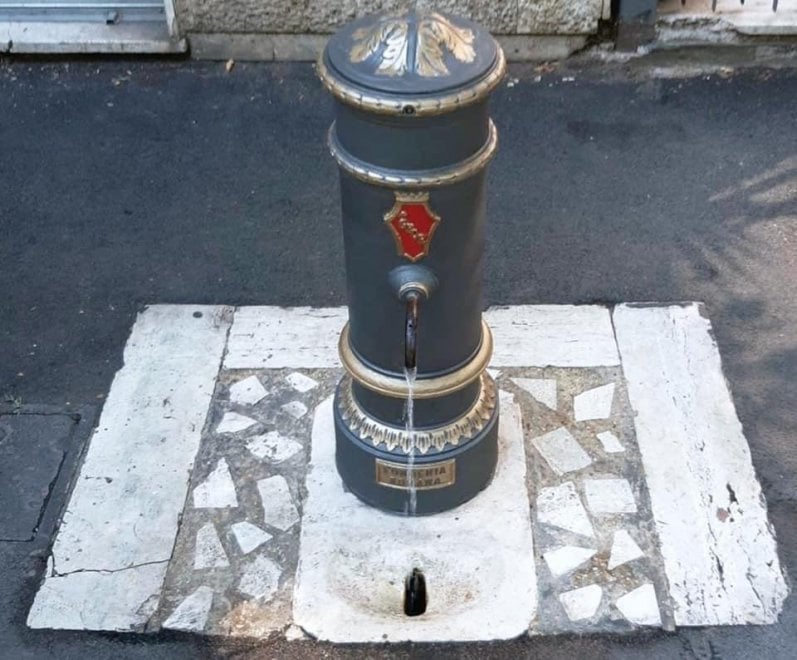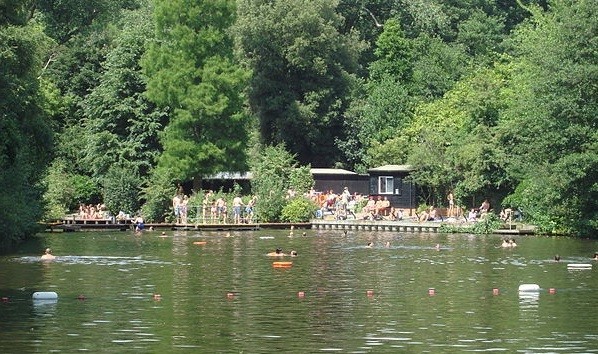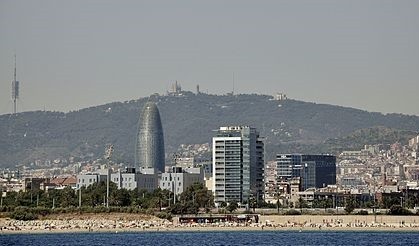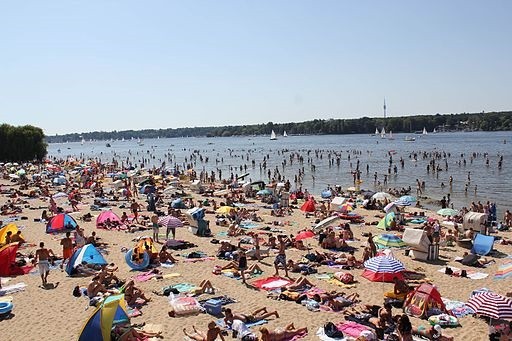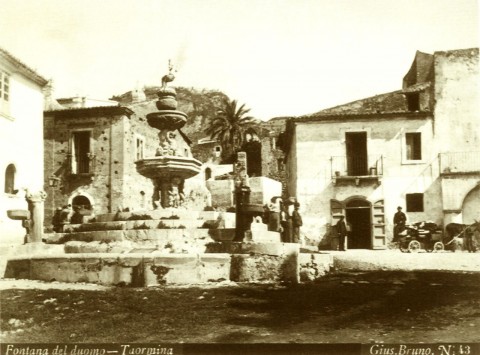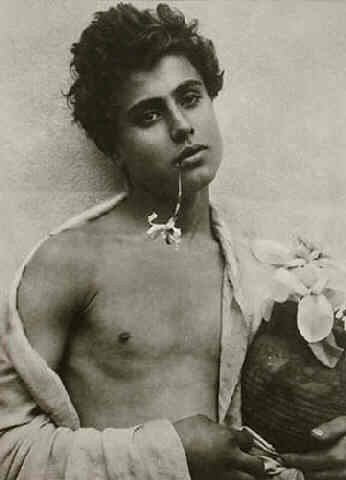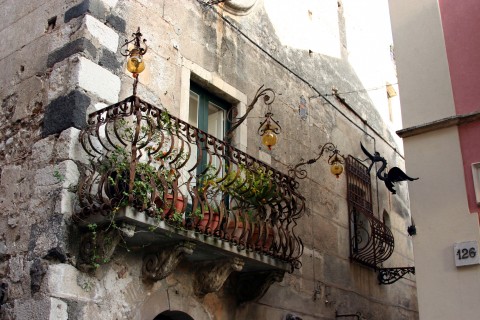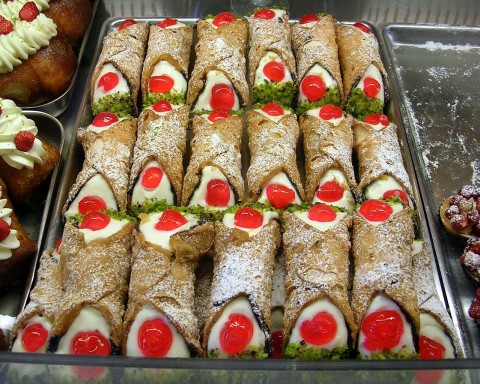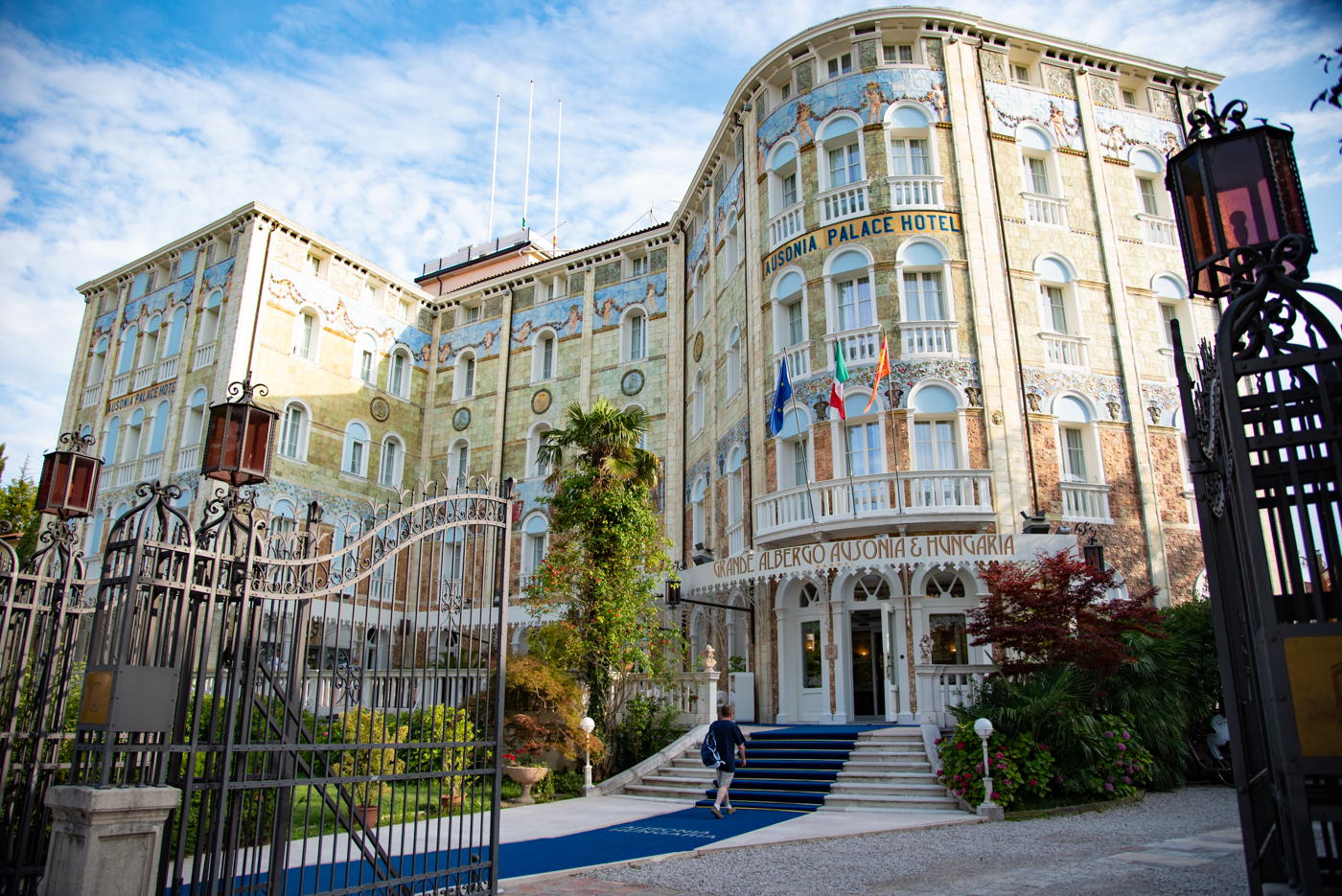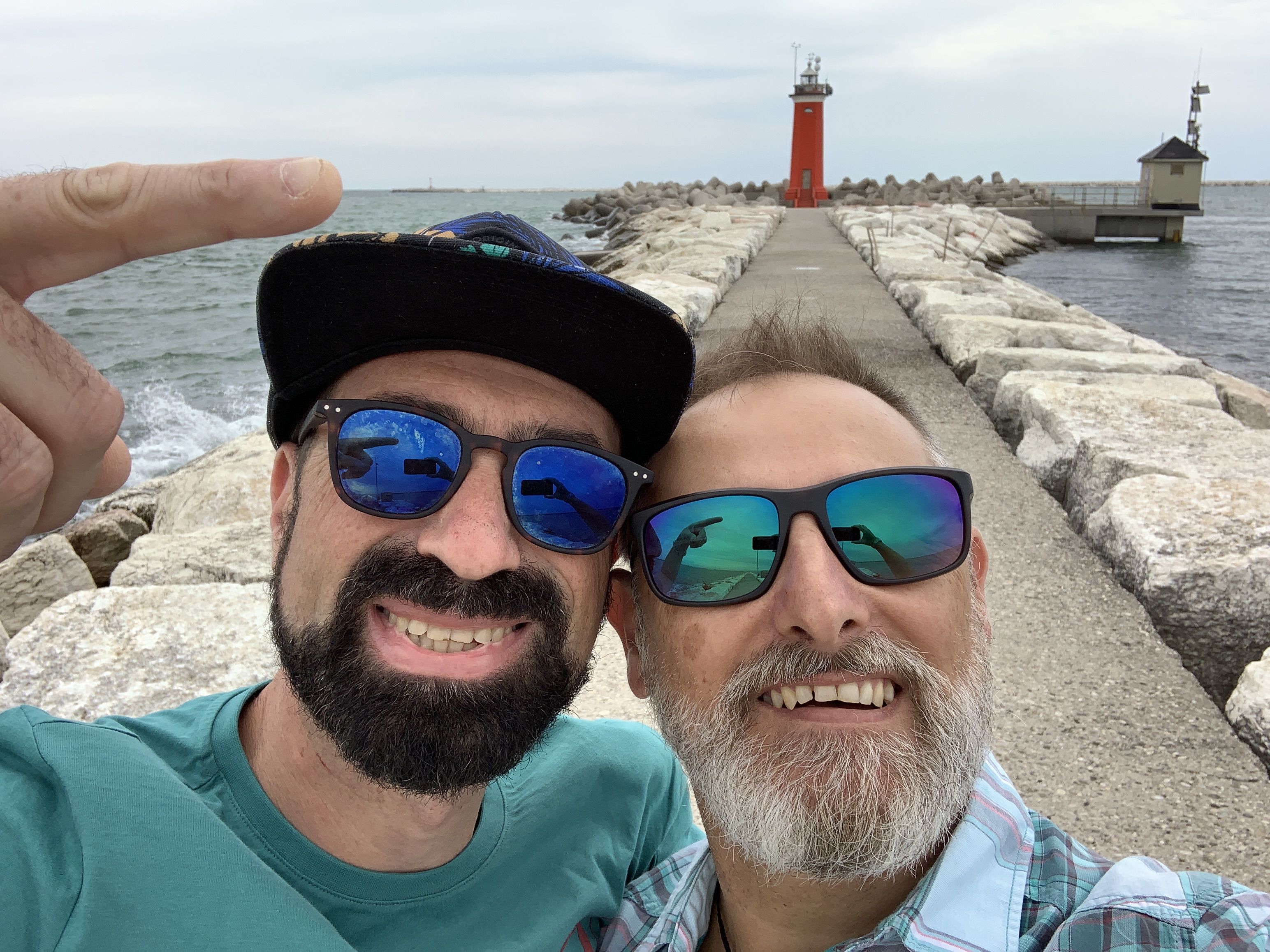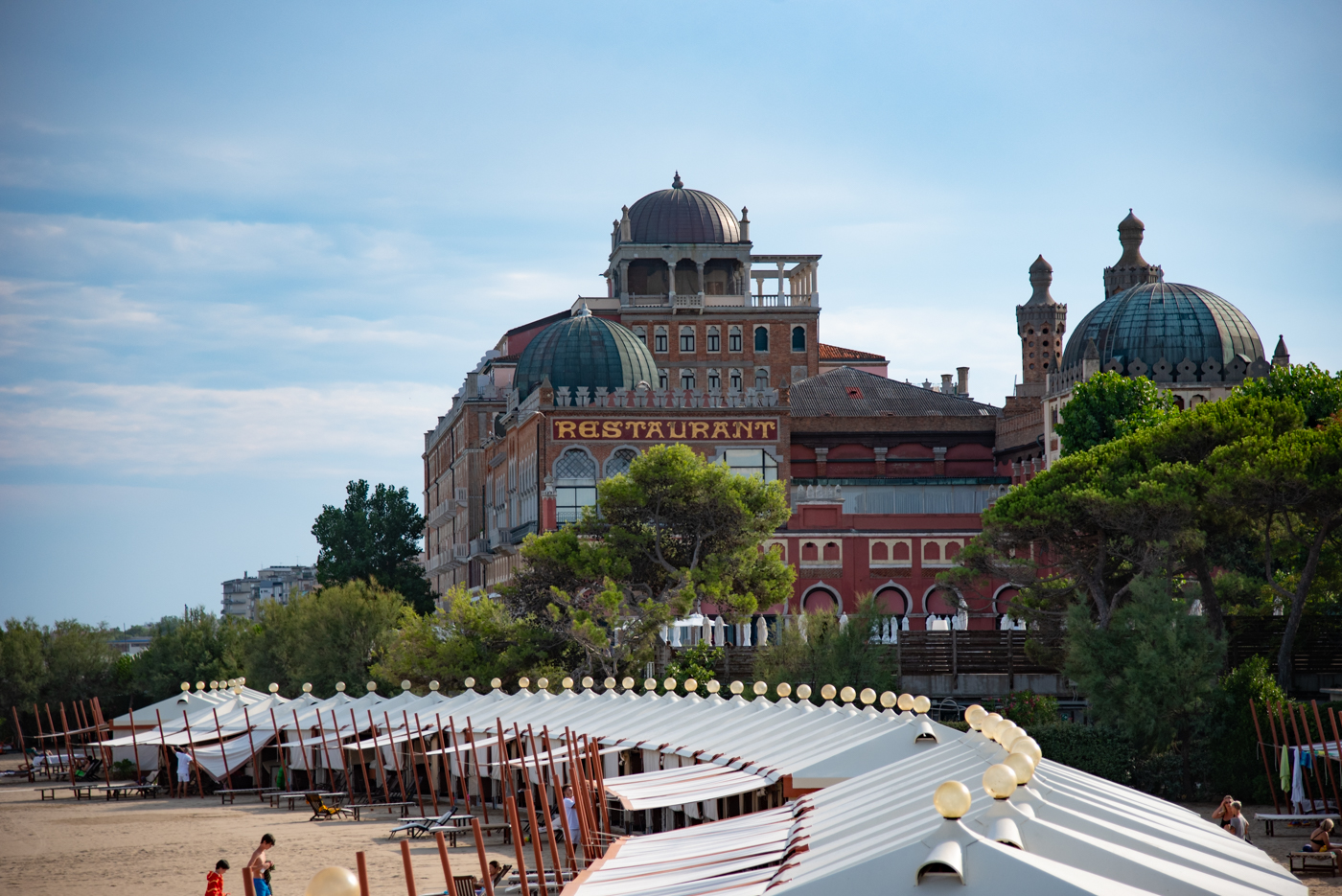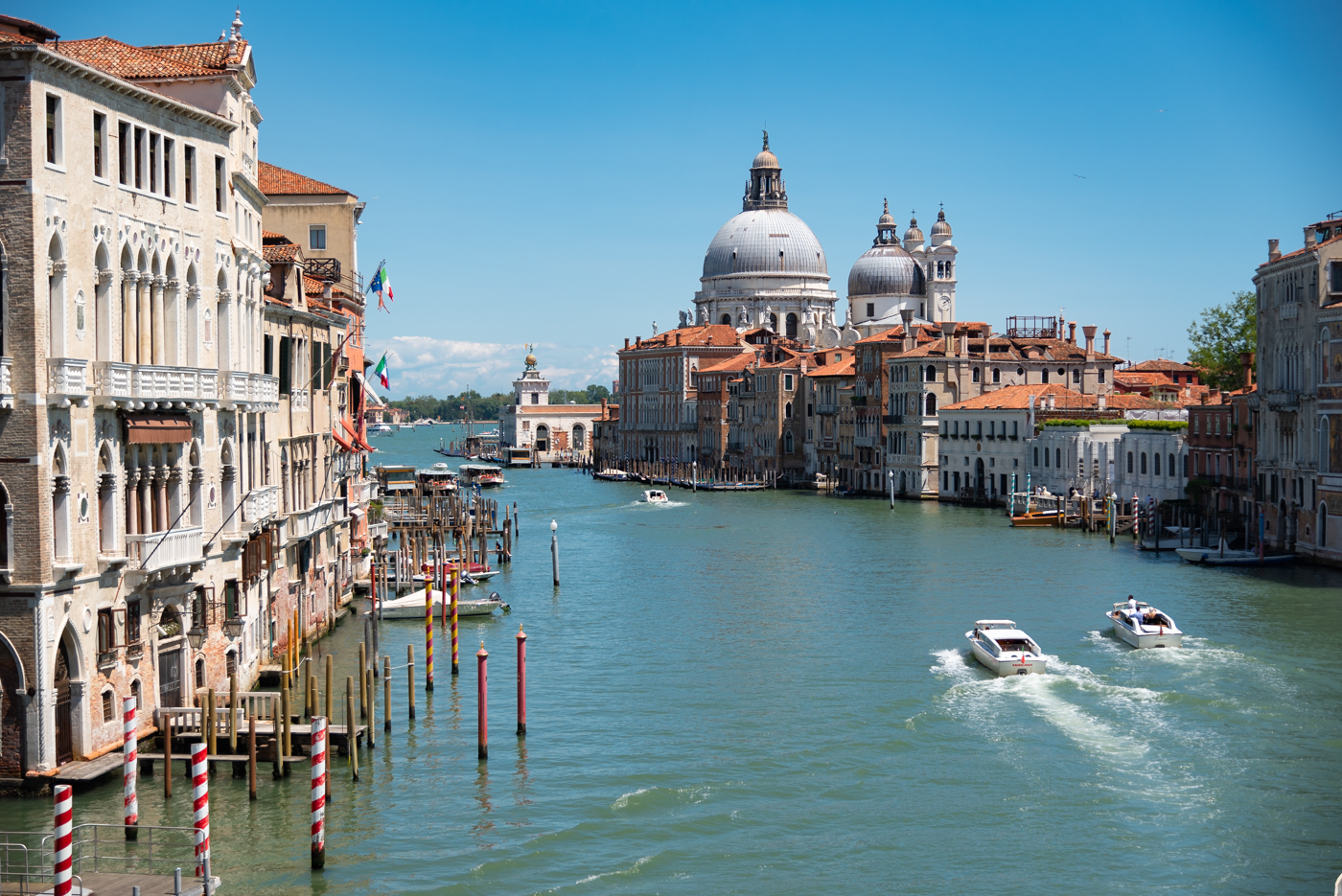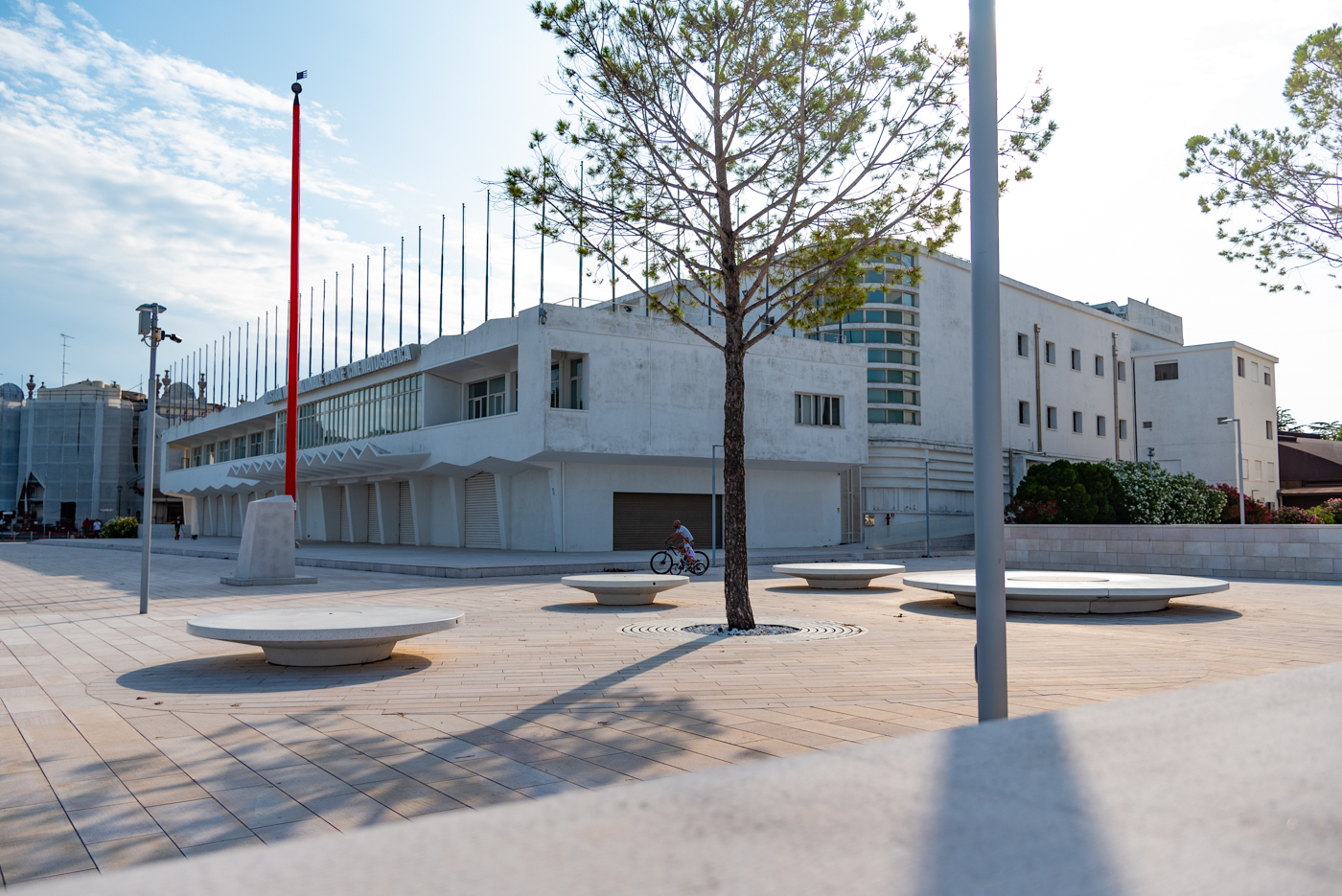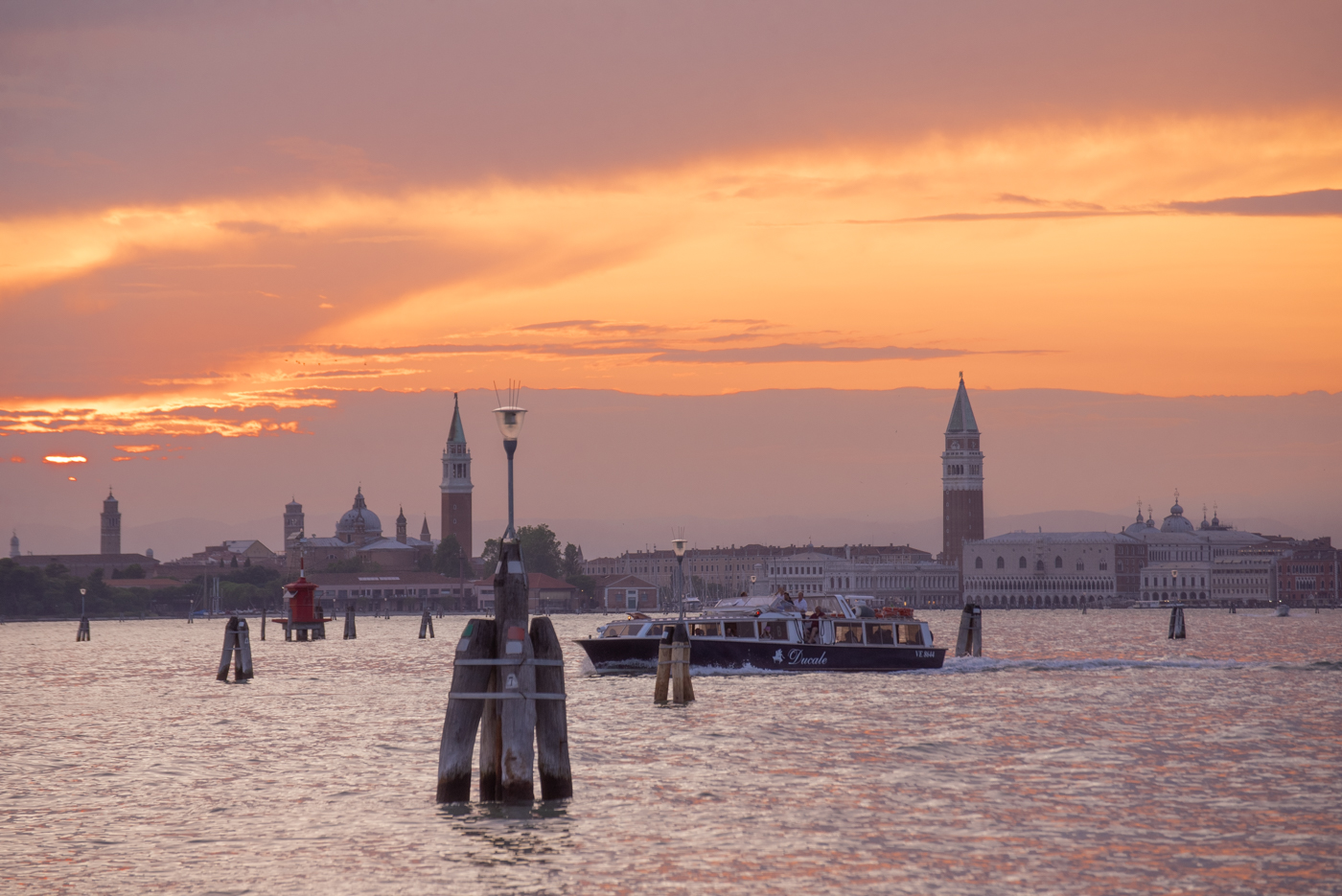Urban parks and gardens are an antidote to the city's noise, pollution and chaos. However some of the green spaces enclosed in our cities are more than that. They tell amazing stories and often help us understanding the history of the centres they sit in. Here are a few more or less known parks and gardens and the fascinating histories they hold within.
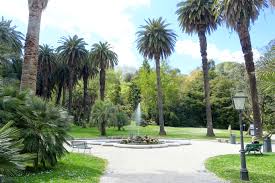
Rome – Orto Botanico / The Botanic Garden
The Italian capital is known for its chaotic and rather unruly traffic and in the summer for the often searing heat and humidity. Yet there is a place where peace and quiet are the norm, a green oasis in the very centre of the bustling metropolis, offering some beautiful panoramic views of the city and a welcome break from the summer sun. If it is forgivable for tourists not to be aware of Rome's Orto Botanico, it is rather amazing that many locals don't know about this urban garden either, tucked away as it is, wedged between the river and the slopes of the Gianicolo hill, a fifteen minutes walk from busy Trastevere.
There has been a garden on this site since the thirteenth century, when the Papal orchard used to be located on this spot. Later a proper botanical garden was established here by Pope Alessandro VI - a key figure of the infamous Borgia Family - in the sixteenth century and this makes the Orto one of the oldest botanical gardens in Europe. Successive pontiffs enlarged this space and brought a water supply from a nearby aqueduct, also to feed lakes, fountains and a number of decorative streams. When Rome eventually became the capital of the new Italian unified state, the park was further enlarged when the neighbouring Villa Corsini was annexed, in 1883. Today, the twelve hectares' garden features over 3,000 vegetal species. The view of the city from the upper reaches, which sees trees dating back over 300 years is just breath-taking and you'll be amazed that such space does not yet see more tourists.

Madrid – Parque del Buen Retiro
It is pretty much impossible not to notice the big green blob just south-east of central Madrid. But the history of this large park (350 acres) is quite impressive and deeply connected to the destiny of this country.
During the reign of Isabella I (1474–1504), the Jeronimos monastery was moved to this location and a small royal palace was built next to the church. When King Philip II moved the court to the new capital, Madrid in 1561, he ordered his architect Juan Bautista de Toledo to enlarge the Retiro and formal avenues of trees were laid. The expansion continued in the 1620s when Gaspar de Guzman, the Count-Duke de Olivares, who was King Philip IV's powerful protégé, gave the monarch several adjacent plots so that a magnificent royal house could be built. At the time this area was just outside the city, a cool and wooded location.Many buildings were added and in the 1630 the great lake (Estanque del Retiro) was inaugurated, which was sometimes used for mock naval battles. The Buen Retiro was described as The world art wonder of the time, possibly the last creation of Renaissance in Spain and a true symbol of Spanish power and grandeur.
The park fell into disrepair and then restored to its former splendour several times and the palace was almost totally destroyed by the Napoleonic troops in 1808, but in 1868 as a result of the Glorious Revolution (La Gloriosa) Isabella II was dethroned and the park became a public space, as it is today. A great green space where you can really experience the last 500 years of Spanish history.

London – Crystal Palace Park
London is a city rightly famous for the abundance of green spaces and urban parkland. But whilst almost everyone will visit the beautiful spaces like Hyde Park and Kensington Gardens, hardly any tourist venture beyond the centre to explore some pretty impressive and historical parks further afield. One of them is Crystal Palace Park, south of the city. The name is already pretty meaningful: situated on the top and southern slopes of one of the highest hills in the metropolitan area (Penge Hill), it used to be home to the magnificent Crystal Palace, which was an enormous cast iron and glass structure built by Sir Joseph Paxton for the Great Exhibition of 1851 and housing 14,000 exhibitors in a space almost a million square feet large – a true engineering feat. The Palace was originally built in Hyde Park but was moved on this site after the end of the exhibition. Sadly, if you're looking for this beautiful example of Victoriana you will find almost nothing as the structure was entirely destroyed by a massive fire on 30 November 1936. You can still see the stairs leading to the building and some enormous statues that once decorated the entrance but one can hardly imagine how magnificent this structure once was. The Victorians had also built two impressive rail stations to accommodate the flow of visitors and one of these still remains, though under-used – the other is long gone. It is said that this area also saw the first ever (and possibly last) experiment in a pneumatic passenger railway, though sadly nothing remains of it.
Sir Paxton's work is not the only interesting feature of this green area. When the Palace was relocated here in 1851, a series of stone dinosaurs were placed in the adjacent park, arranged in scenic settings recreating pre-historic environments. The history of these statues is pretty intriguing, for their sculptor Benjamin Waterhouse Hawkins, under the direction of Sir Richard Owen, created these works six years before the publication of Charles Darwin's 'On The Origin of Species'. Understandably, these dinosaurs' reconstructions, though somehow inaccurate in light of today's knowledge, created furore and outrage at the time, because they put the biblical concept of divine creation in doubt for the first time and in front of a bigger audience. Though these ideas were already circulating in the scientific world, it was the first time the public was effectively exposed to the revolutionary theory of evolution.
Victorian brilliance, engineering masterpieces and revolutionary concepts – that's more than worth the hike to the furthest reaches of south London.
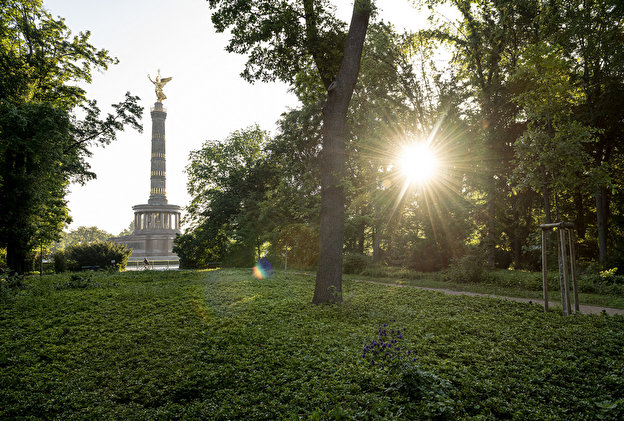
Berlin - The Tiergarten
The first mention of the main parkland in the centre of Berlin dates back to 1527 when it was an area set aside by the king for the purpose of deer hunting. The limits of the park extended much further out than today, as this area was on the outskirts of the city of Berlin at that time. The urban expansion meant that the park progressively shrunk in size and in 1740 Frederick II - who wasn't so much into hunting pursuits - decided to transform the area into a pleasure garden (lustgarten). To this purpose he instructed architect Georg Wenseslaus von Knobeldoff to enrich the park with flower beds, tree-lined avenues and areas where Berliners could congregate and freely converse. A pheasant house was also built, which would then become the central nucleus of the Zoological Gardens in 1844. There were other modifications in following decades, especially the ones carried on by Peter Joseph Lenne to make the Tiergarten a 'Prussian park for the people', but the gardens remained under the possession of the monarchy until 1881 when Wilhelm I abdicated his rights to this parkland.
One of the main alterations after this period was the addition (finalised in 1901) by Kaiser Wilhelm II of a Siegesallee, a 'Victory Parade', stretching 750 mt from Kemperplatz to the Konigplatz, which was the original site of the Siegessaule, the Victory Column. The Siegessaule itself is today a key landmark of the Tiergarten: designed by Henrik Strack to commemorate the Prussian victory in the Danish-Prussian war it was inaugurated in 1873, by which time Prussia had also defeated the Austrians in 1866 and the French in 1871, giving the statue a new purpose.
However the Siegessaule, as mentioned before, was moved from its original location at the end of the Victory Parade to a new site in the middle of the Tiergarten (where it still is today) during the Nazi period. The move was part of a general re-organisation of the park; Adolf Hitler wanted the Tiergarten to be one of the main highlights of the new monumental Nazi Capital and he therefore ordered the widening of Charlottenburger Chaussee, today known as the Strasse der 17 Juni, positioned the Siegessaule in a prominent site at the Grosser Stern and even altered its height by adding another 7.5 metres to the structure, to make it more imposing. This would have provided the perfect backdrop for Hitler's triumphal military parades. In a way this relocation saved the Siegessaule, because the original location of the structure was severely bombarded during the war so it is very likely that had it stayed there, not much of it would have survived.
Unfortunately after the war and the aerial bombardments, the park suffered some further damage in the immediate aftermath of the WWII conflict. The Tiergarten ended up being entirely in the West side of the partitioned city, but the shortage of coal meant that a large number of trees were felled to heat homes in the brutal Berlin winters. Thankfully starting in 1949 the park started to be reforested and saplings came from all over West Germany to help with the enormous task. Damaged statues were restored and the park became once again a favourite spot for Berliners. The Berlin Wall used to run along the northern and eastern edge of the Tiergarten. After the fall of the Berlin Wall the beautiful perspective of the Tiergarten through the Brandenburg Gate was finally restored.
Today the Tiergarten is an integral part of the city and a much loved green space all year round. In winter the small lakes freeze and the park turns into a snowy enchanted forest. During the long summer days the Tiergarten offers plenty of entertainment, including colourful restaurants & biergartens, such as the Cafe am Neuen See and the Teehaus in the English Gardens. There are also plenty of areas prefect for sunbathing and in many of them it is common to do that fully naked, especially in the area south of the Siegessaule, near the Lion's Bridge.
The Tiergarten also features a monument to LGBT people persecuted and killed by the Nazi. It can be found just off the Ebertstrasse, on the south-eastern quarter of the park and opposite the Jewish Holocaust memorial. It was designed by artists Elmgreen and Dragset and completed in 2008. It consists of a cuboid with a window through which one can see a short film of two men kissing.

San Francisco - The Golden Gate Park
In the 1860s the city of San Francisco had plenty of golden aspirations. The gold rush and consequent expansion of the urban area had created the need for a park, on the style that was already being developed in New York for Central Park. A decision was made to locate this new green space to the west of the existing city limits, in a area that at that time was an expanse of sand and not much else. Some argue that this decision was driven also by developers who were keen in starting a construction boom in that area. What we know for sure is that the Golden Gate Park in the form we see it today is very much a creation of two men; William Hammond Hall who surveyed the land and became the park's first commissioner and his assistant John Hays McLaren, a Scotsman who replaced Hall as commissioner for 53 years from 1890.
Turning an expanse of dry, shifting sand into a park was by no means easy. Lots of water was needed and this initially came through surface pipelines at a costly price. One of the works carried on during McLaren's tenure was the erection of the two windmills to the western end of the park in 1903 and 1908. These windmills had the practical purpose of intercepting a natural source of water underground and directing it to Strawberry Hill and the surrounding Stow Lake, for use in the park. Today the area is one of the quietest and most remote of the Golden Gate Park and is a well known cruising spot.
The Golden Gate Park houses some remarkable museums, in particular the stunning California Academy of Science, which is a must for any visitor to the city. The original museum was built from 1916 but was damaged in the 1989 earthquake: the present building encompasses 37,000 square meters and includes exhibits of natural history, aquatic life, astronomy, gems and minerals, and earthquakes.
The Conservatory of Flowers is another landmark of the park. The Victorian-style structure dates back to 1879 and is built out of wood and glass. It houses 1,700 species of plants, mostly tropical and aquatic. There is also a botanic garden in the park, which due to the local climate allows the growth of wide range of species, some no longer existing in their natural habitat.
Another beautiful and quiet area can be found around the National HIV/AIDS memorial. The city of San Francisco was severely hit by the epidemic in the 1980s and this peaceful spot allows any visitor to reflect on the immense tragedy and remember those who died as a result of the virus. Situated at 856 Stanyan Street, in the eastern section of the park, the construction of the memorial started in the early 90s and there are over 1,500 names of HIV/AIDS victims inscribed in the flagstone.
There are other spots that are profoundly intertwined with the city's history. The panhandle section of the park (between Oak and Fell Streets) was the location of the 'Human Be-In', which was held here on 14 January 1967. This event that preceded and anticipated the famous 'Summer of Love' of the same year, which catapulted the counter-culture movement of Haight-Ashbury onto the world's attention. Attended by 30,000 people it included speeches by Allen Ginsberg and music from many famous bands, including The Grateful Dead and George Harrison. Nearby, the height to the east of the Conservatory of Flowers is still aptly called Hippie Hill and is a great spot for people-watching and absorb some of San Francisco's fantastic colourfulness.
